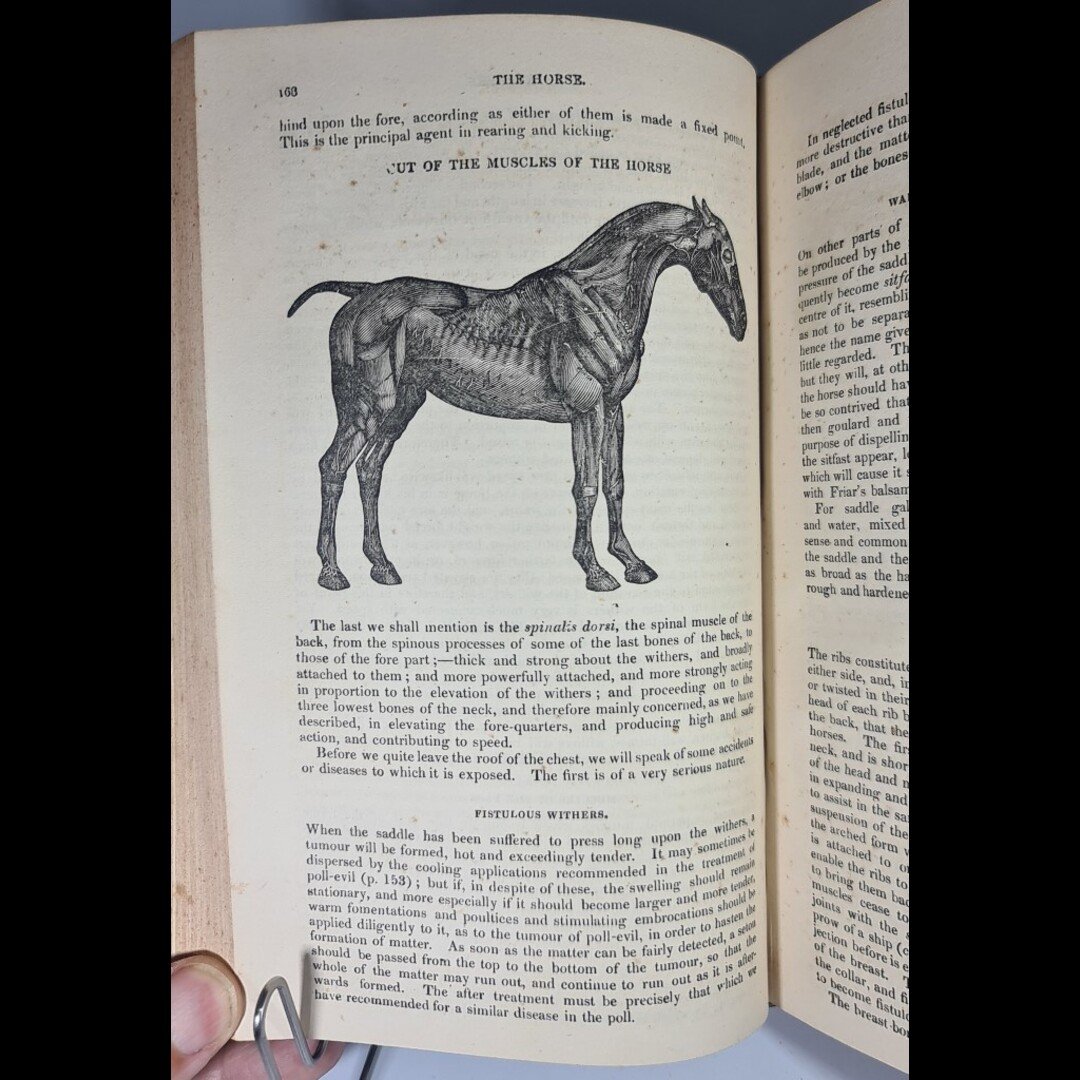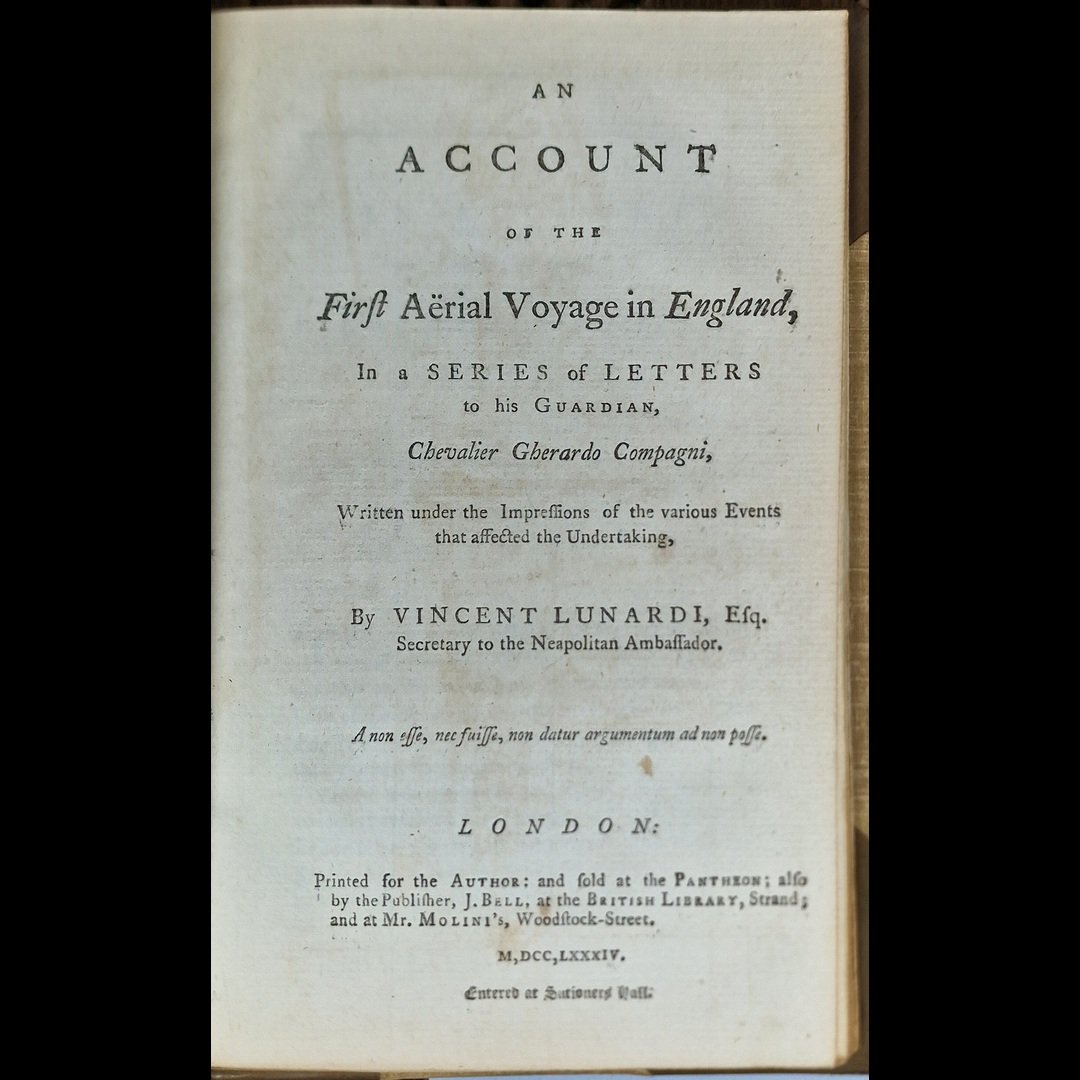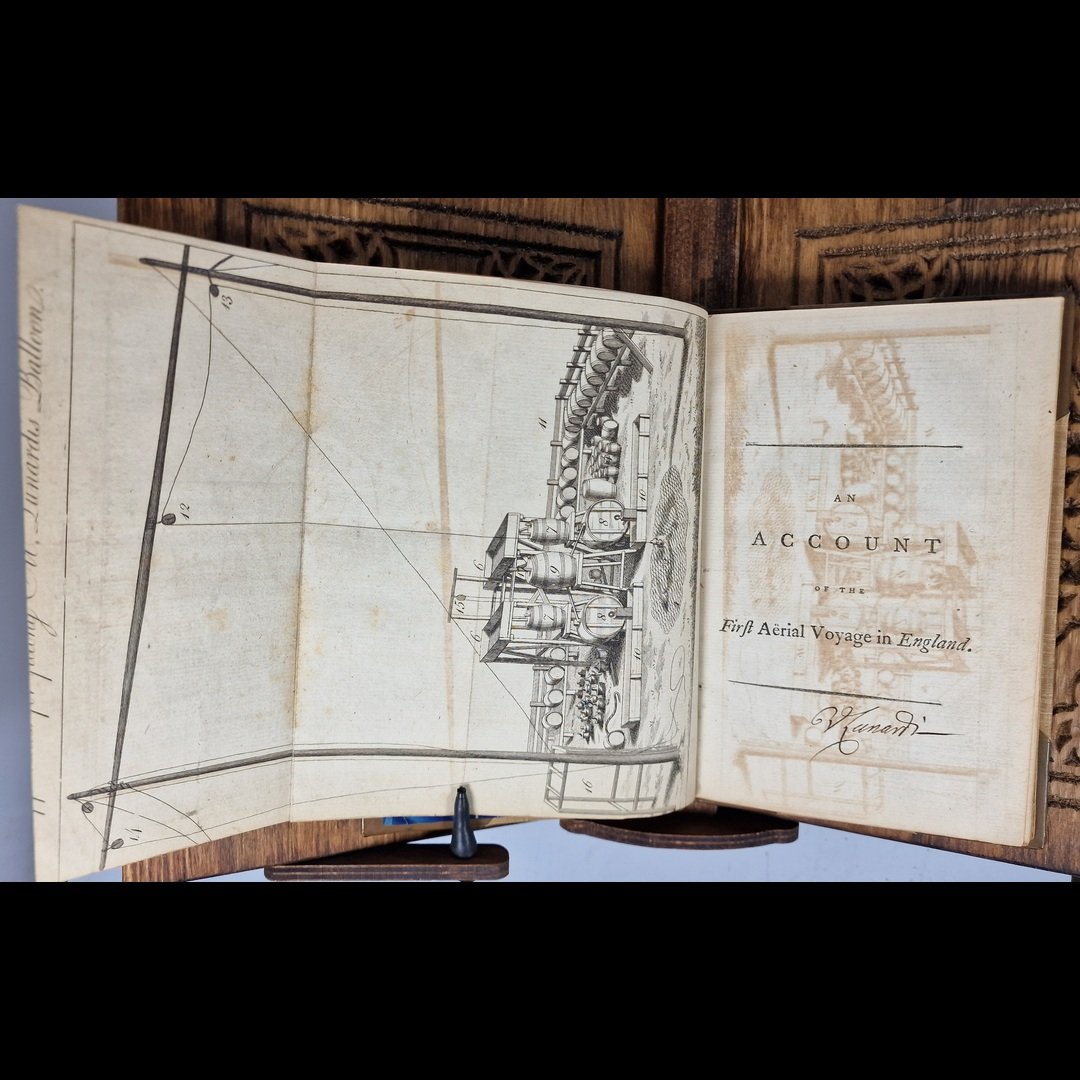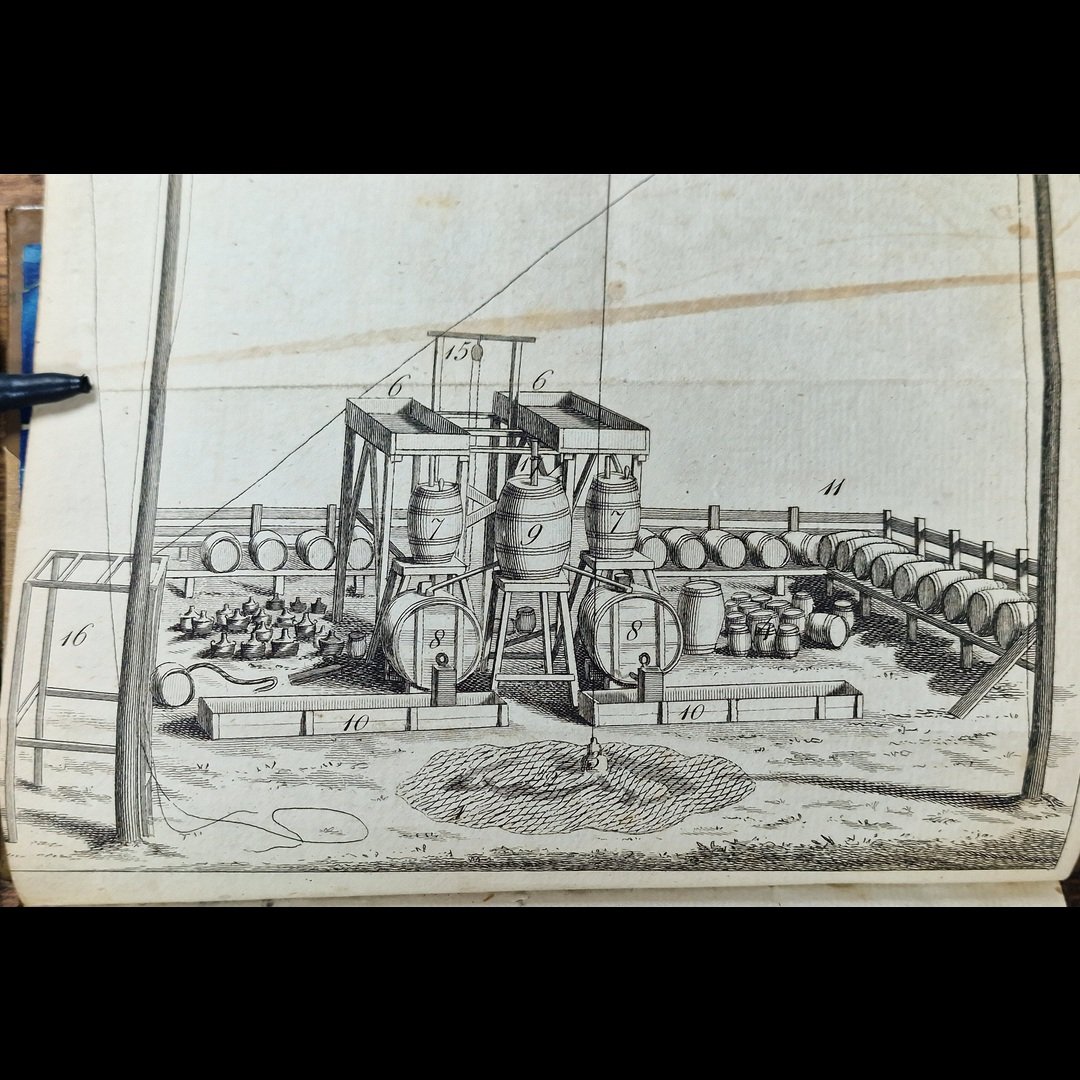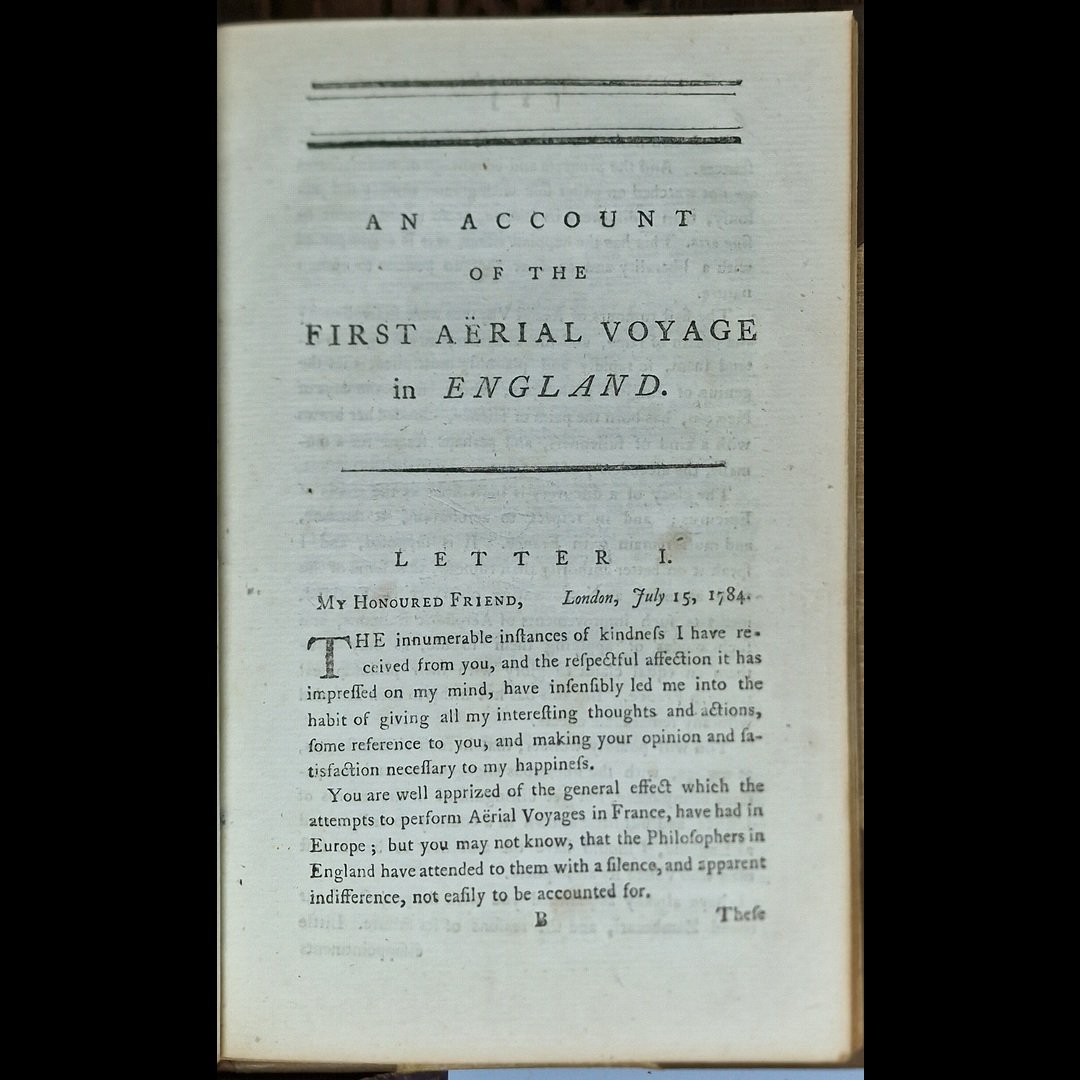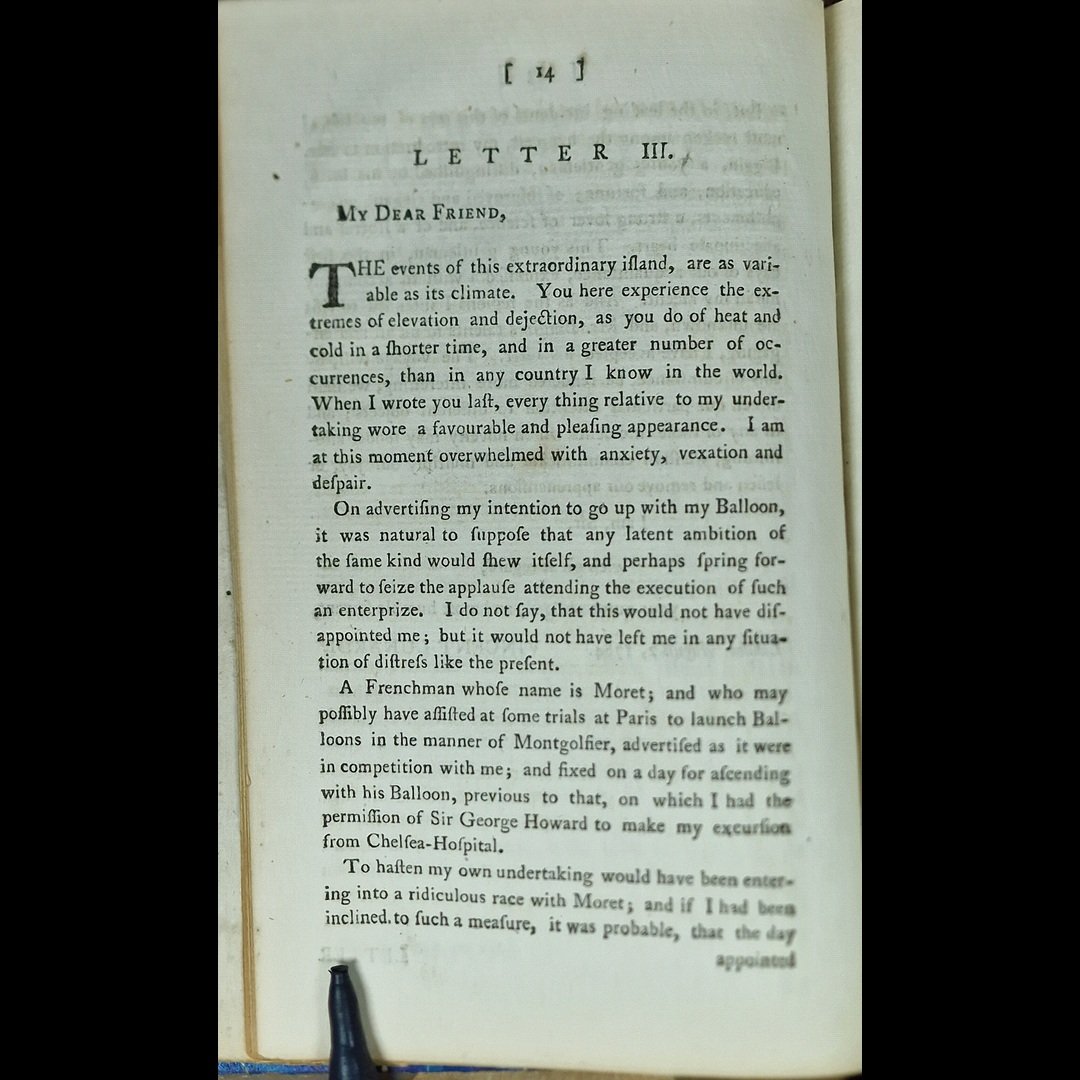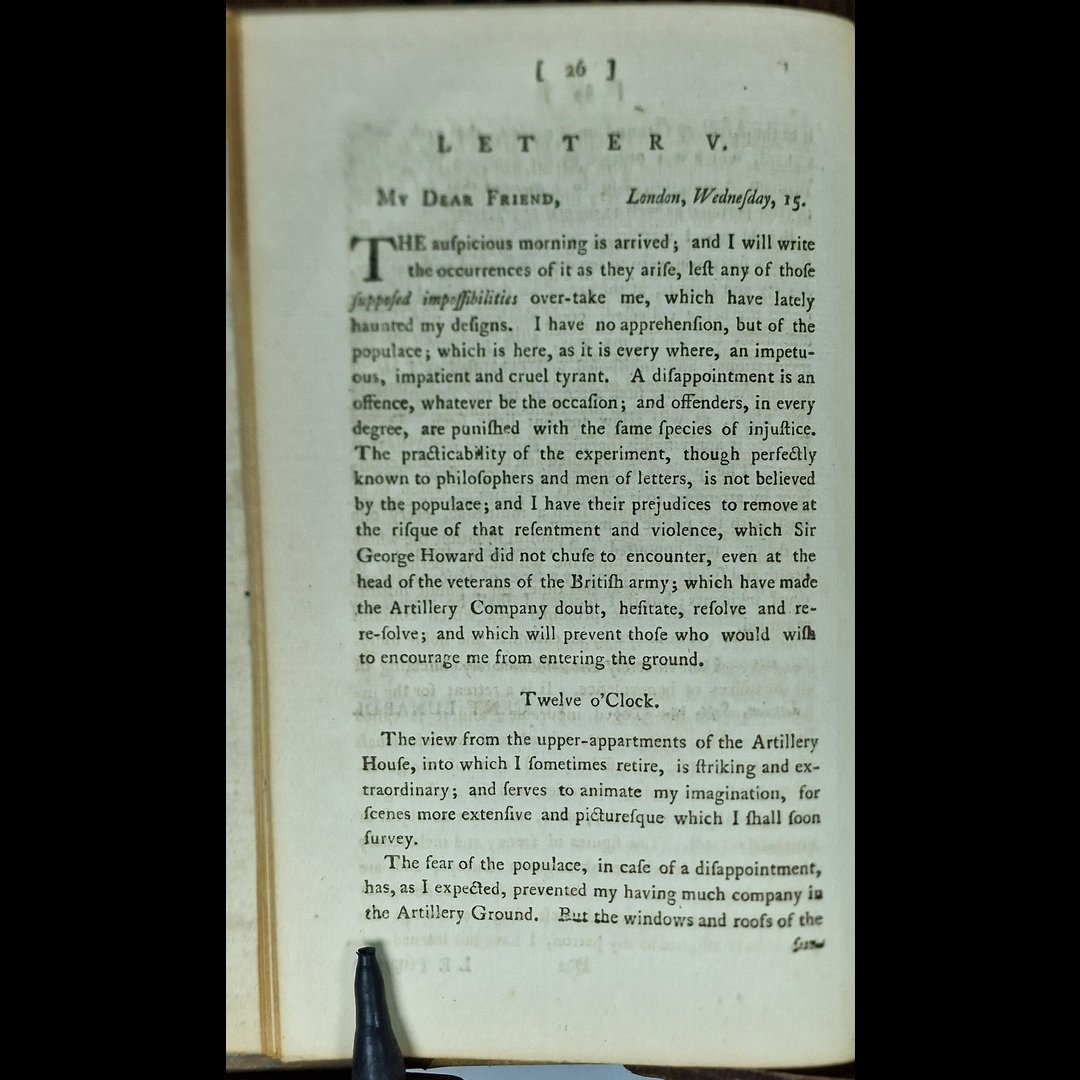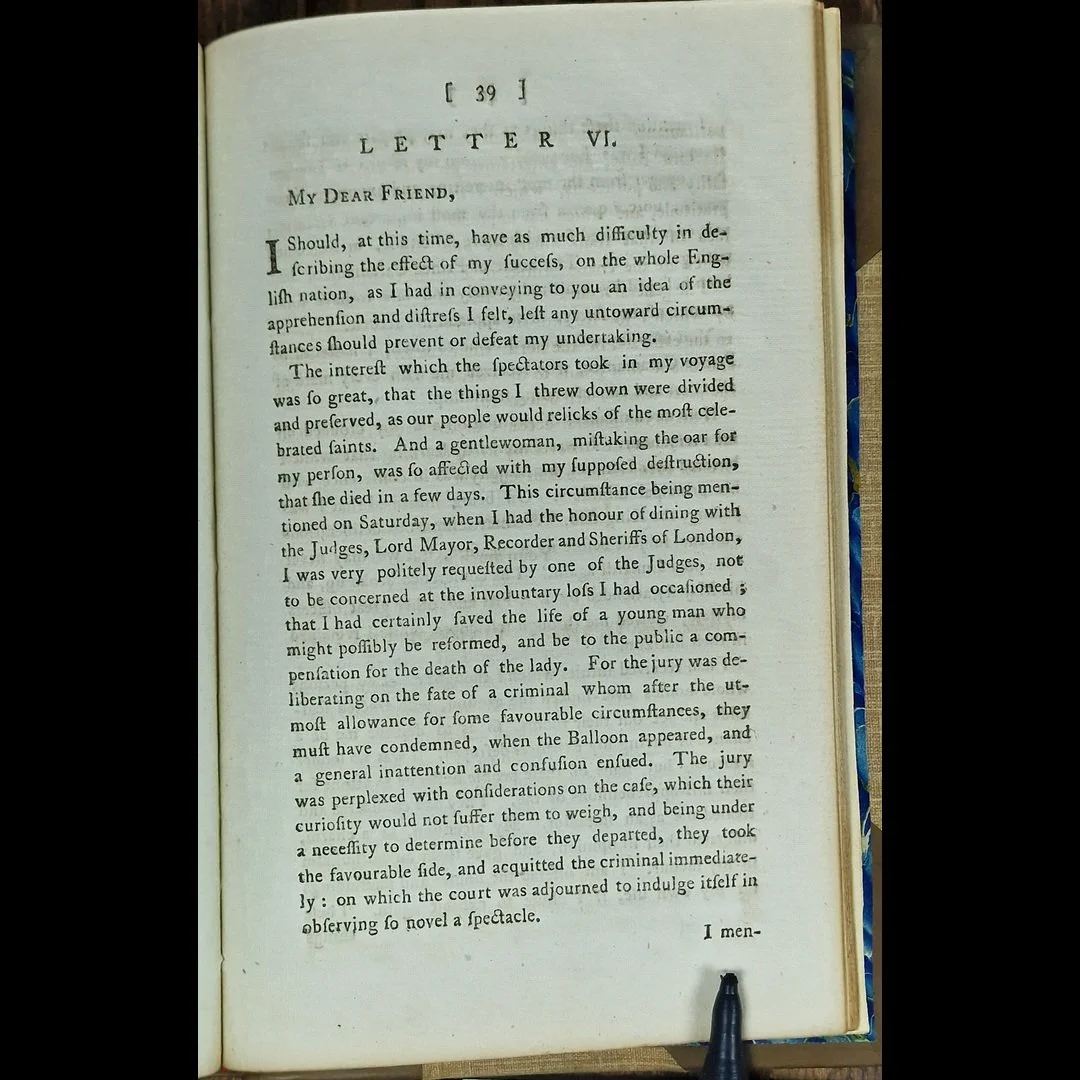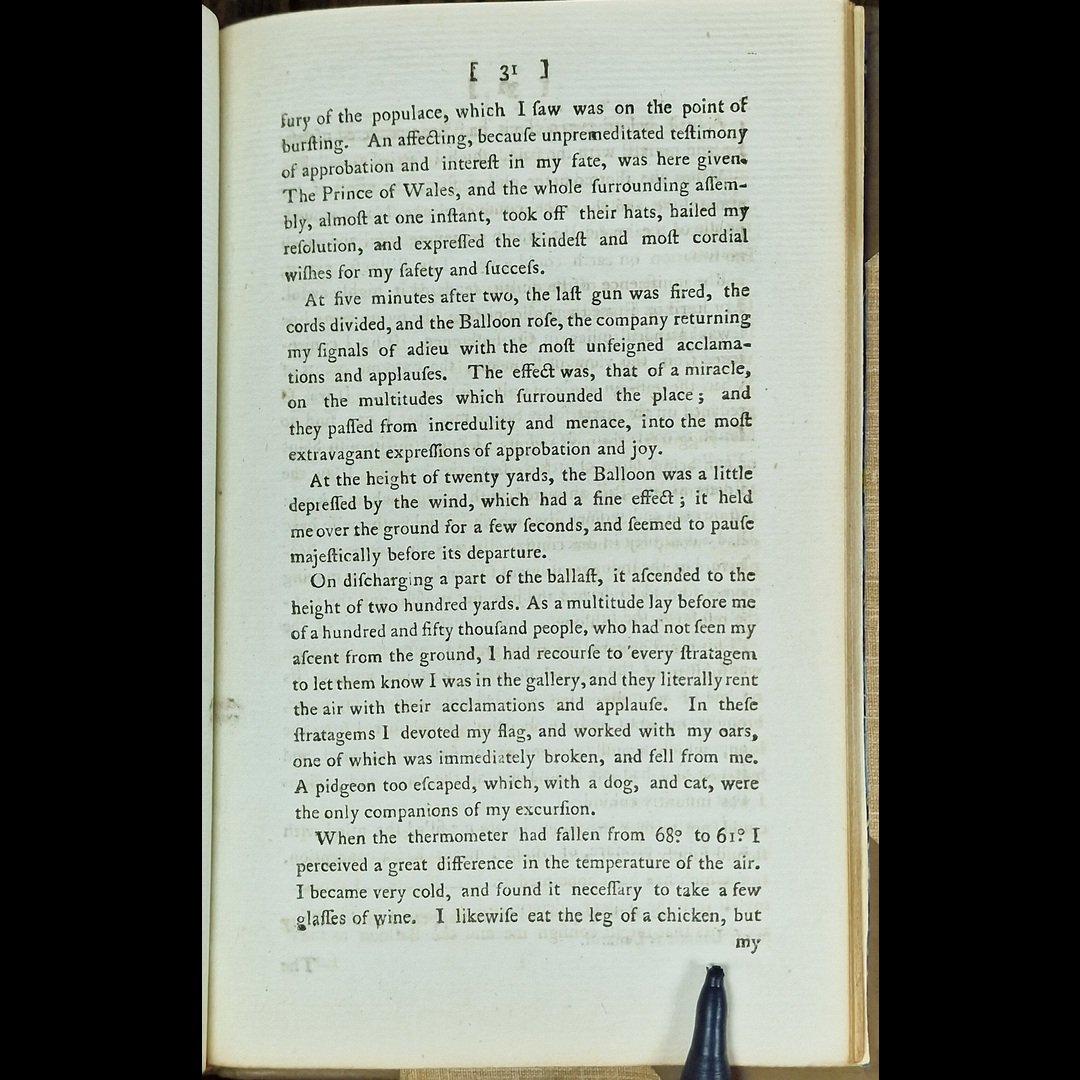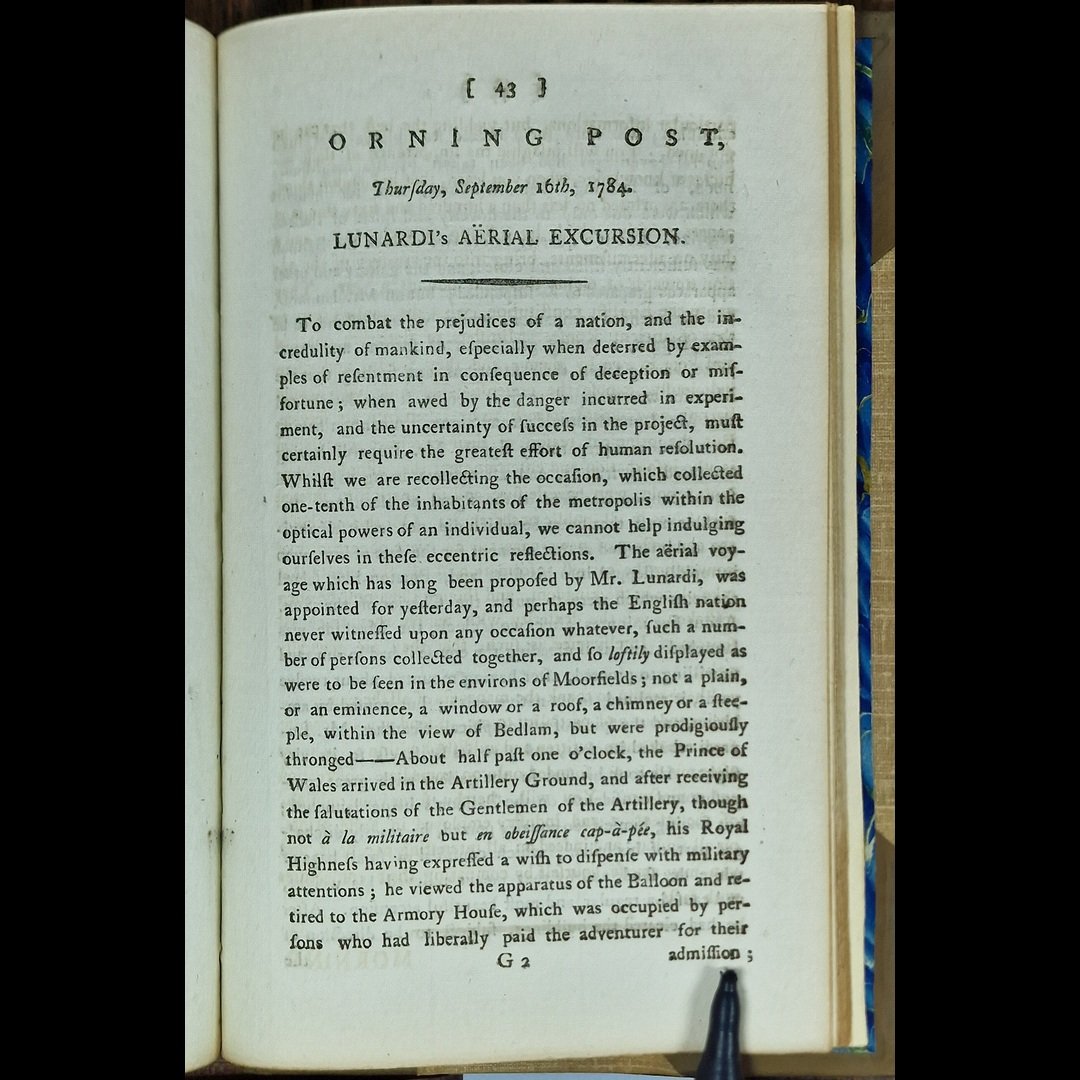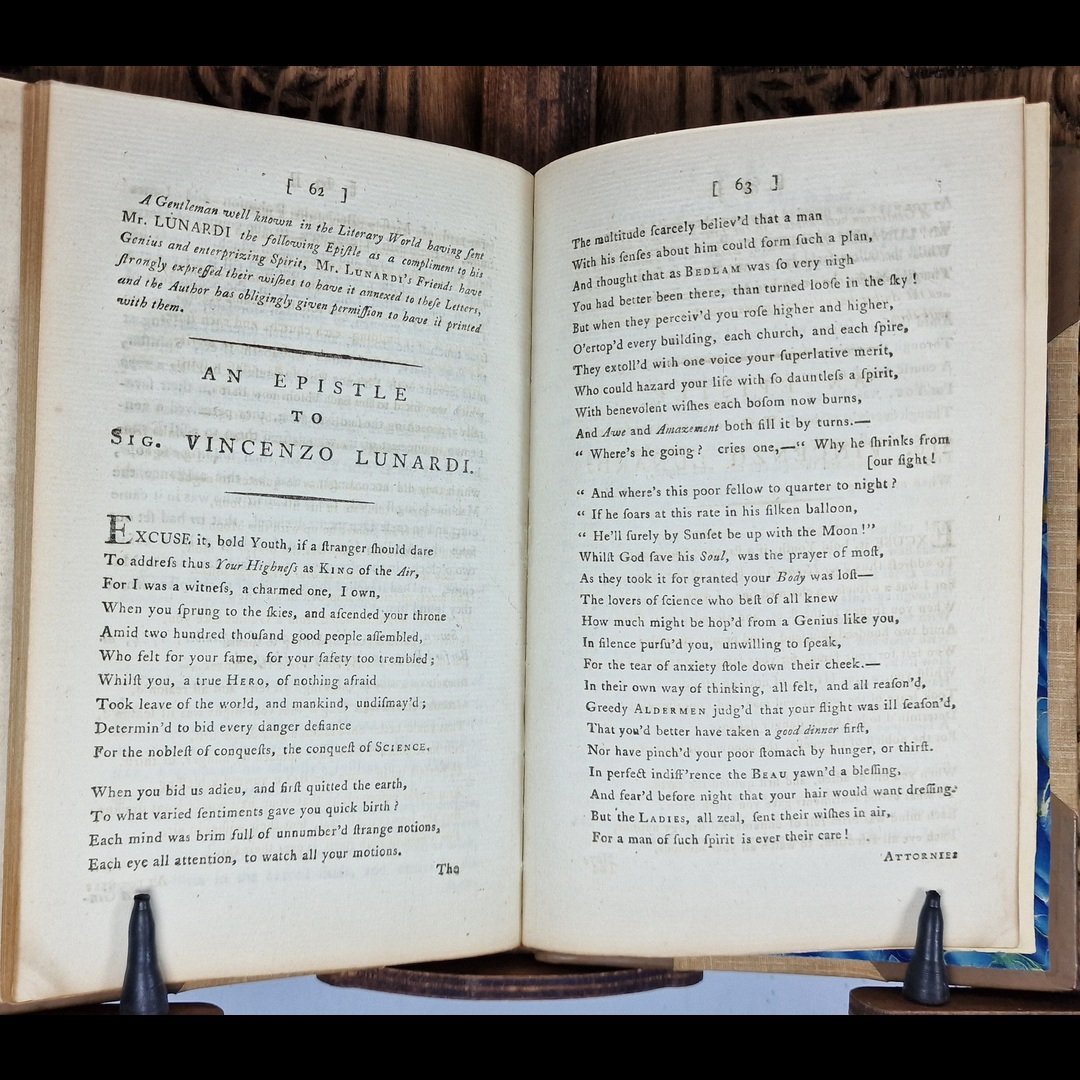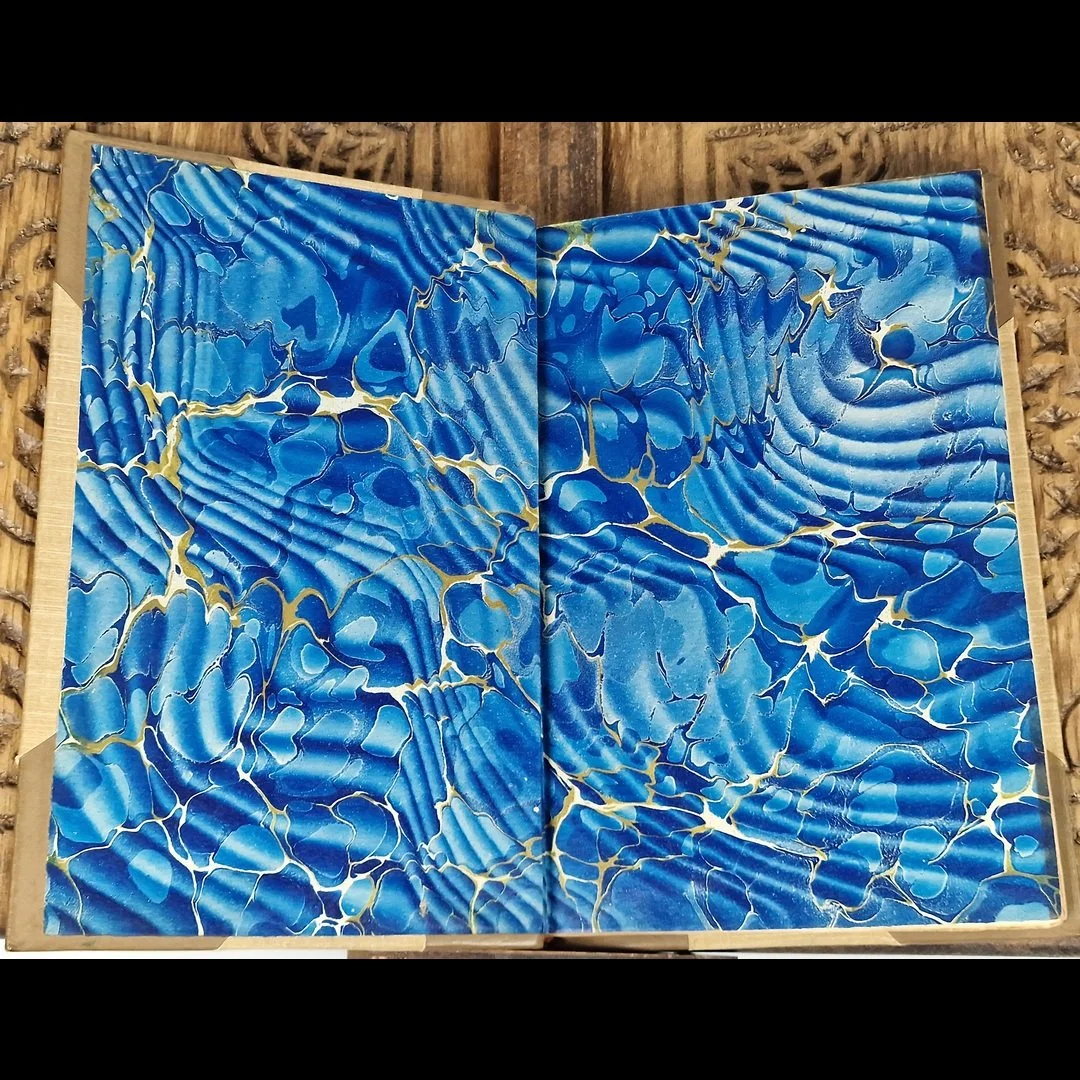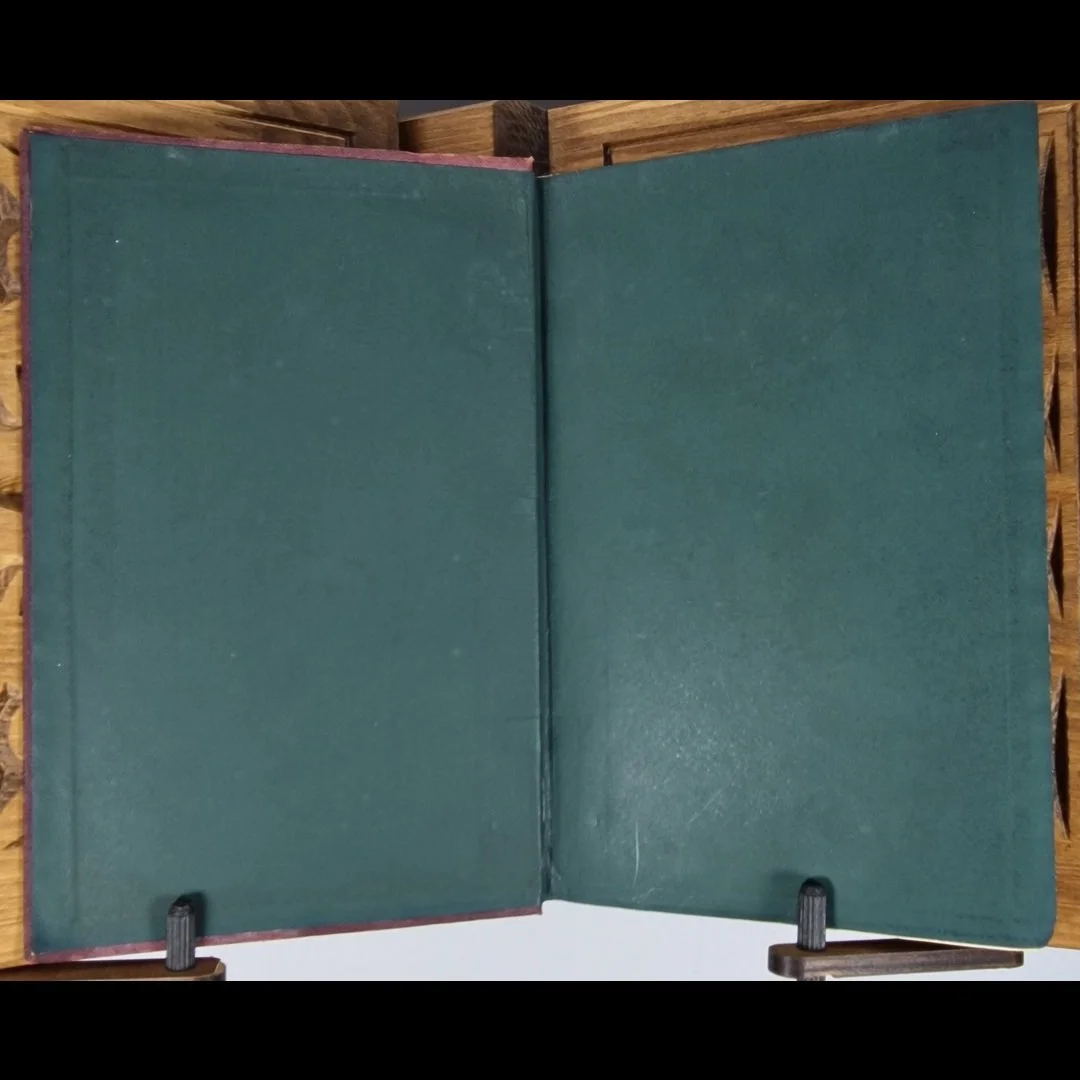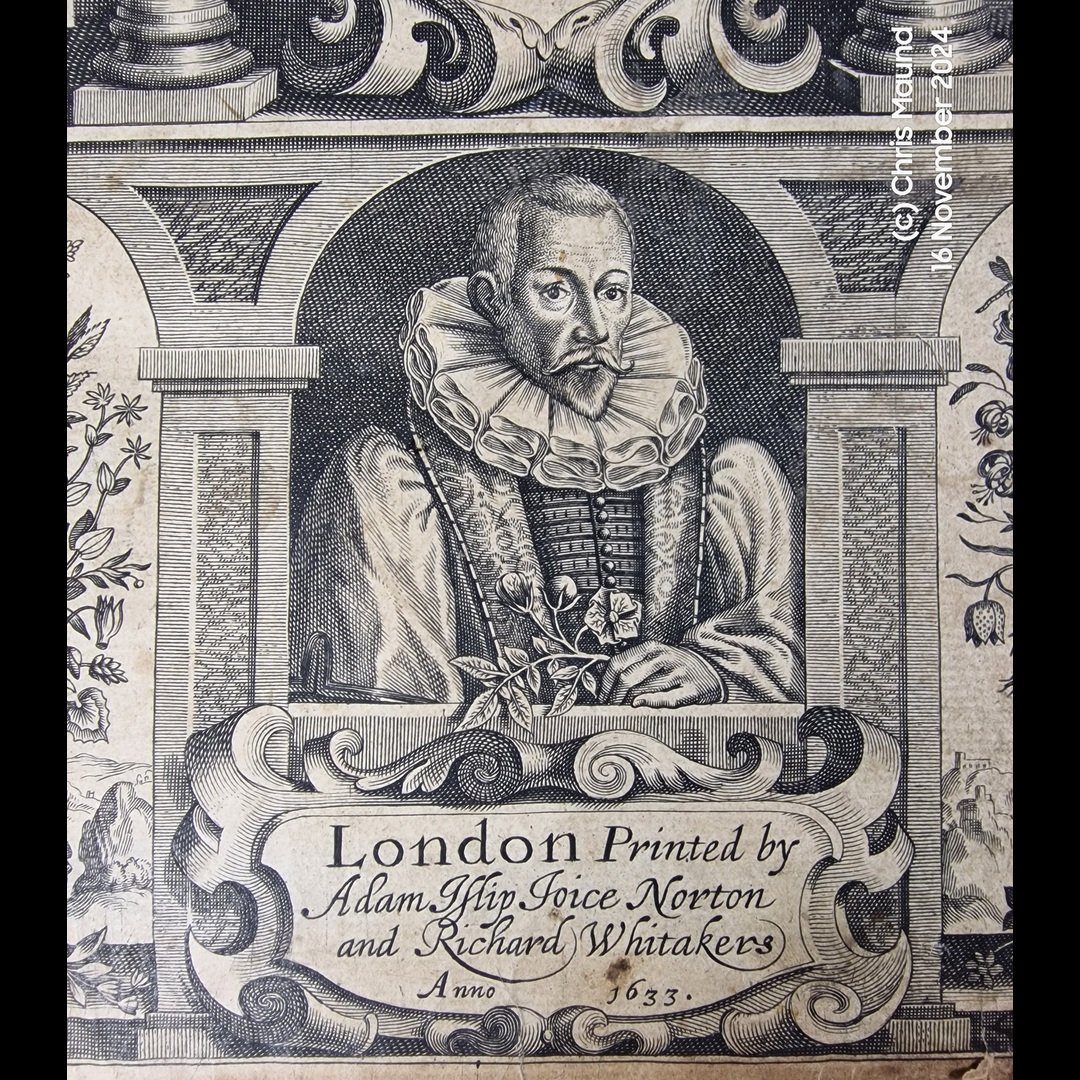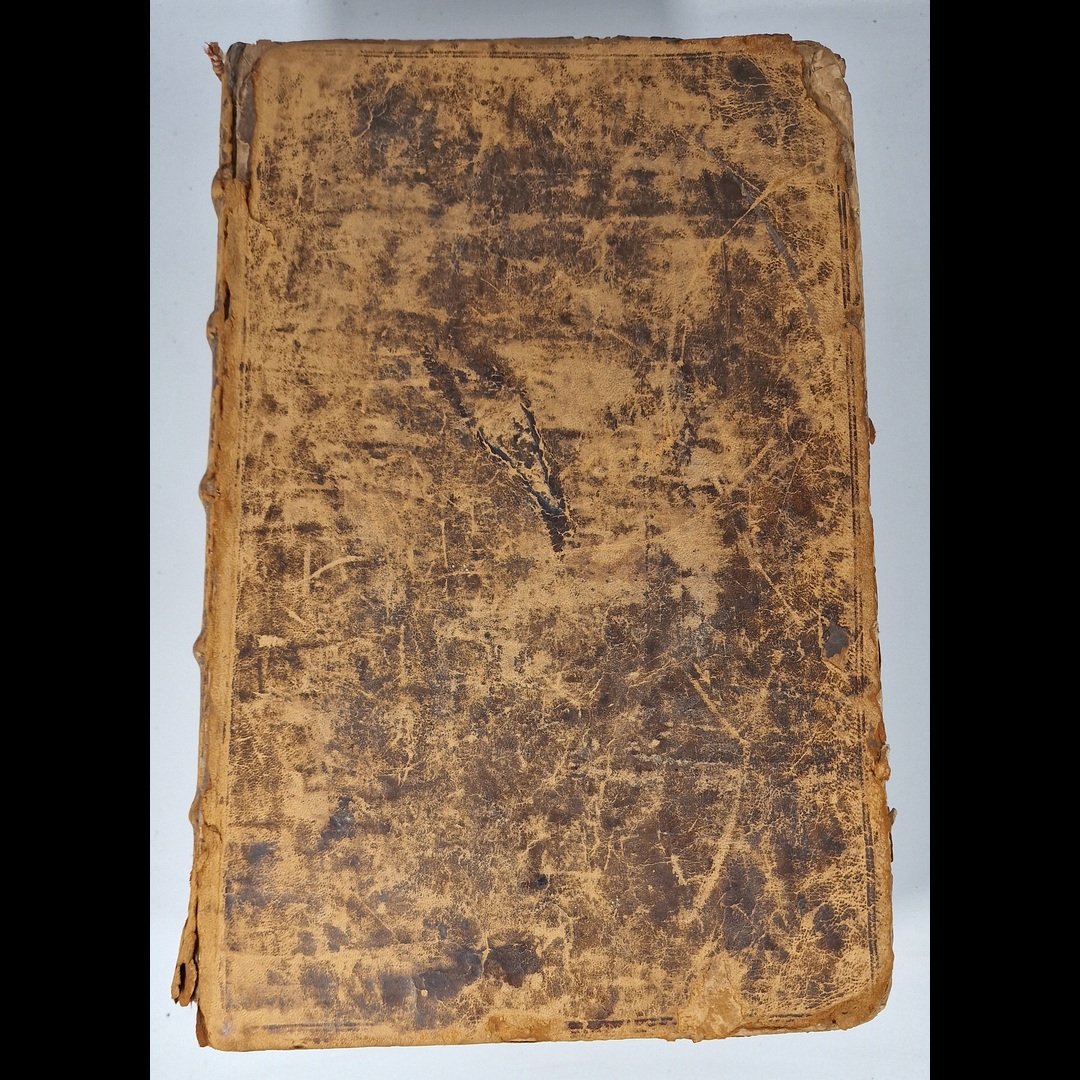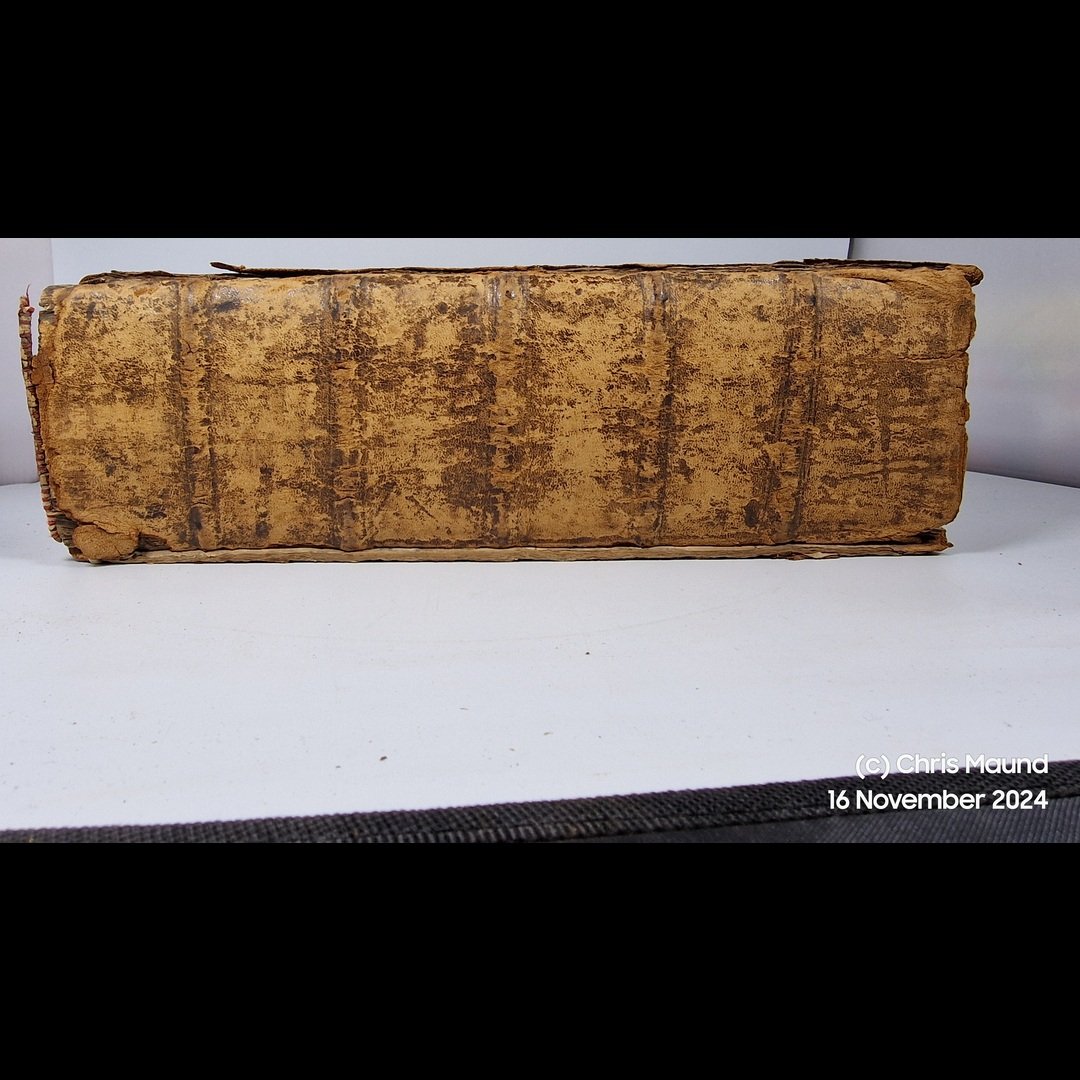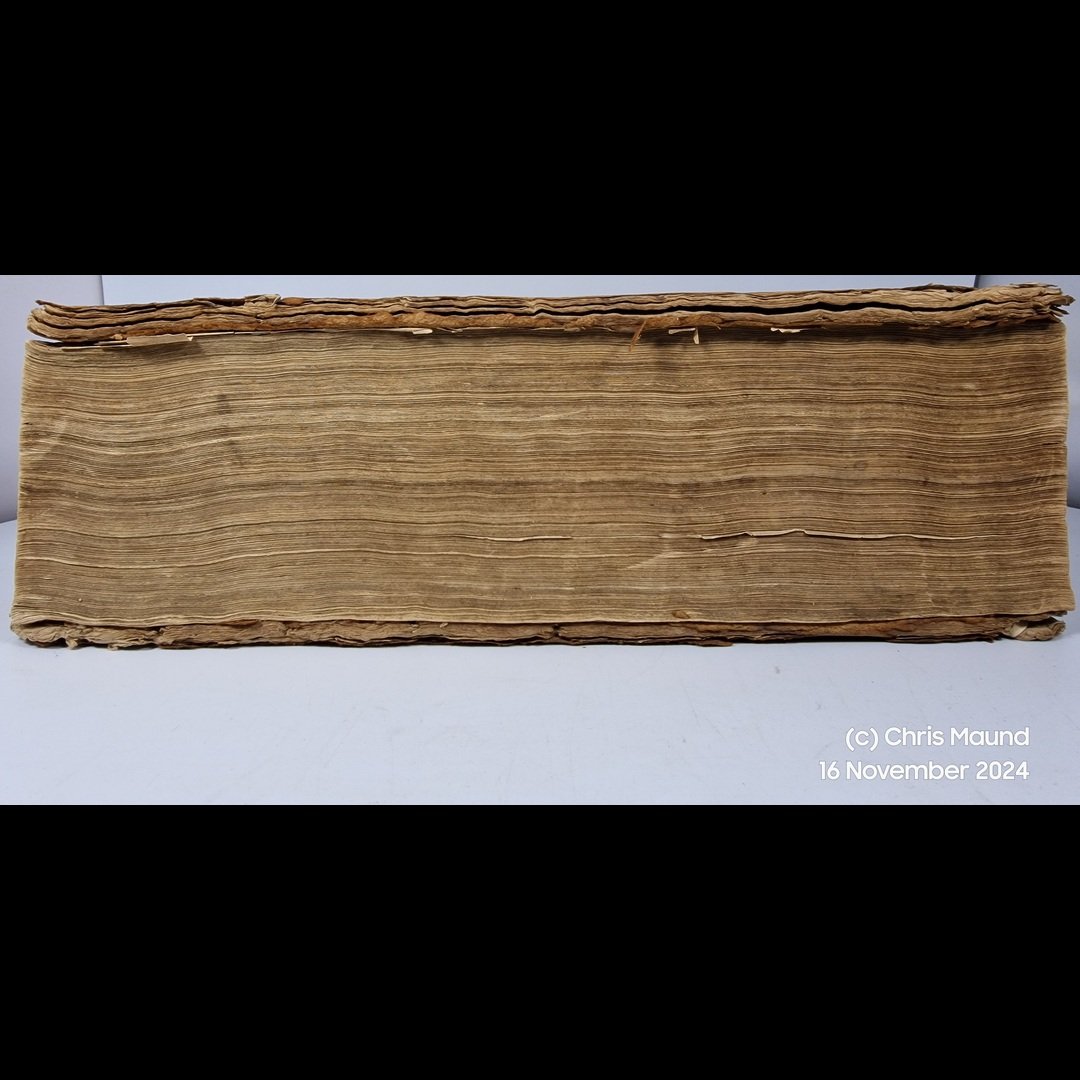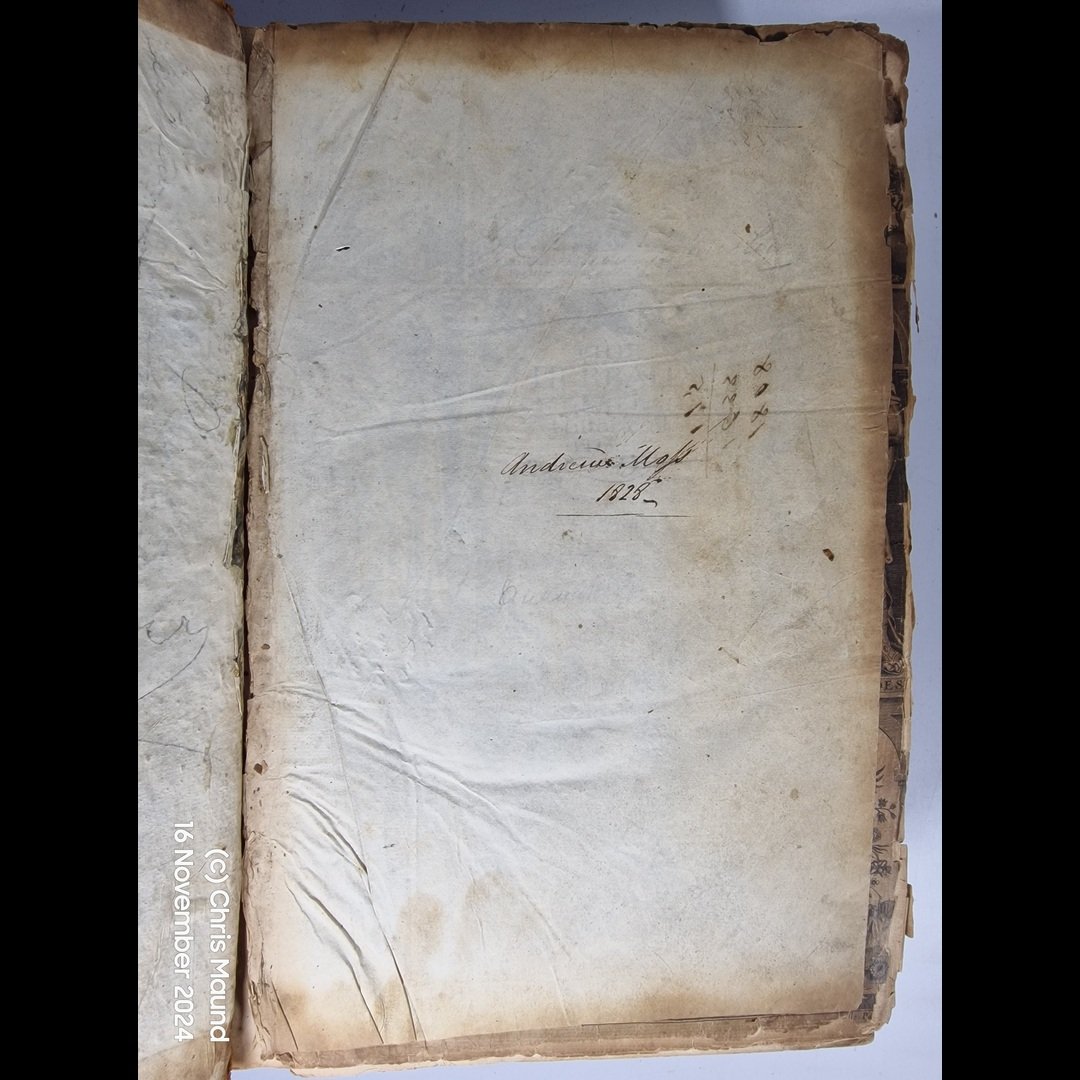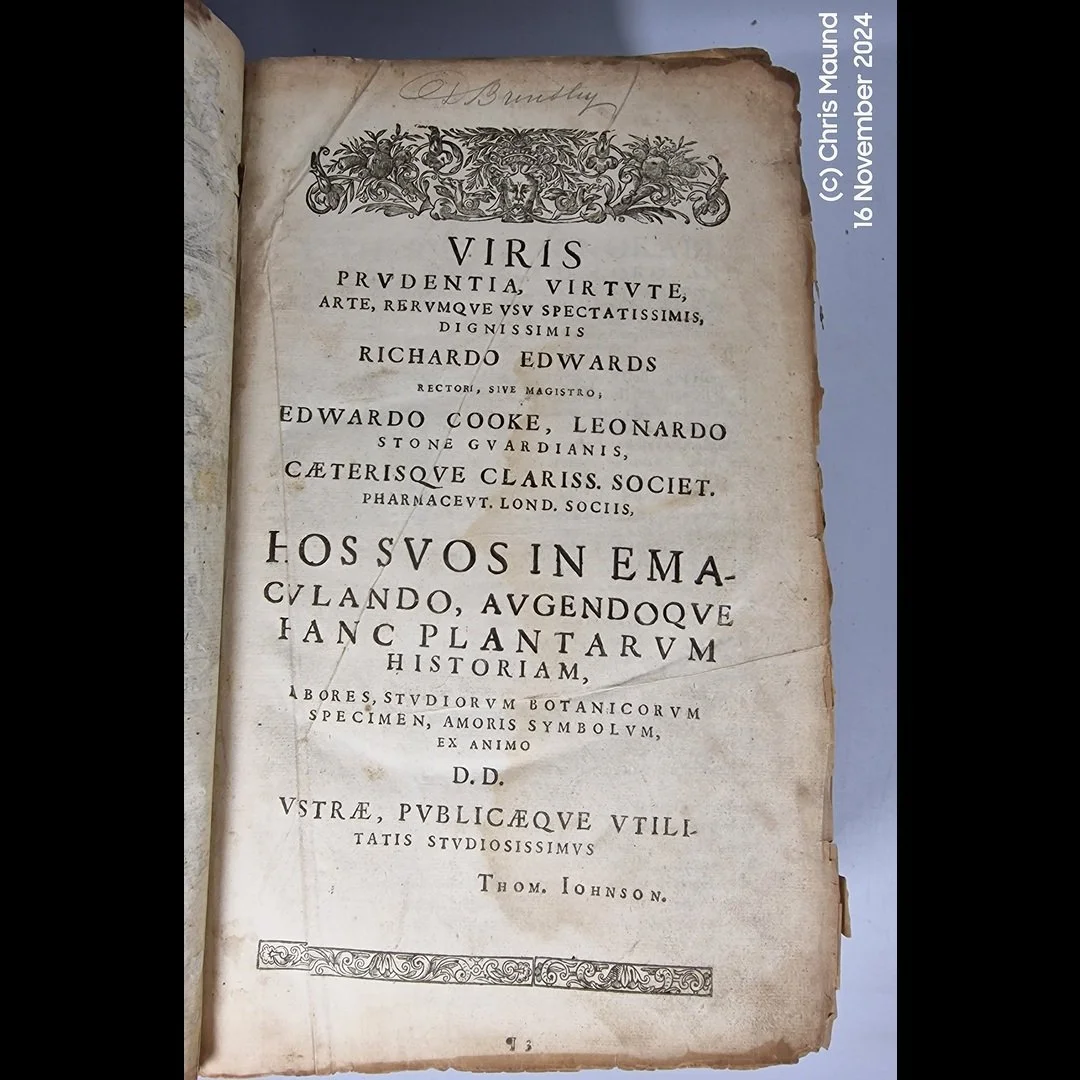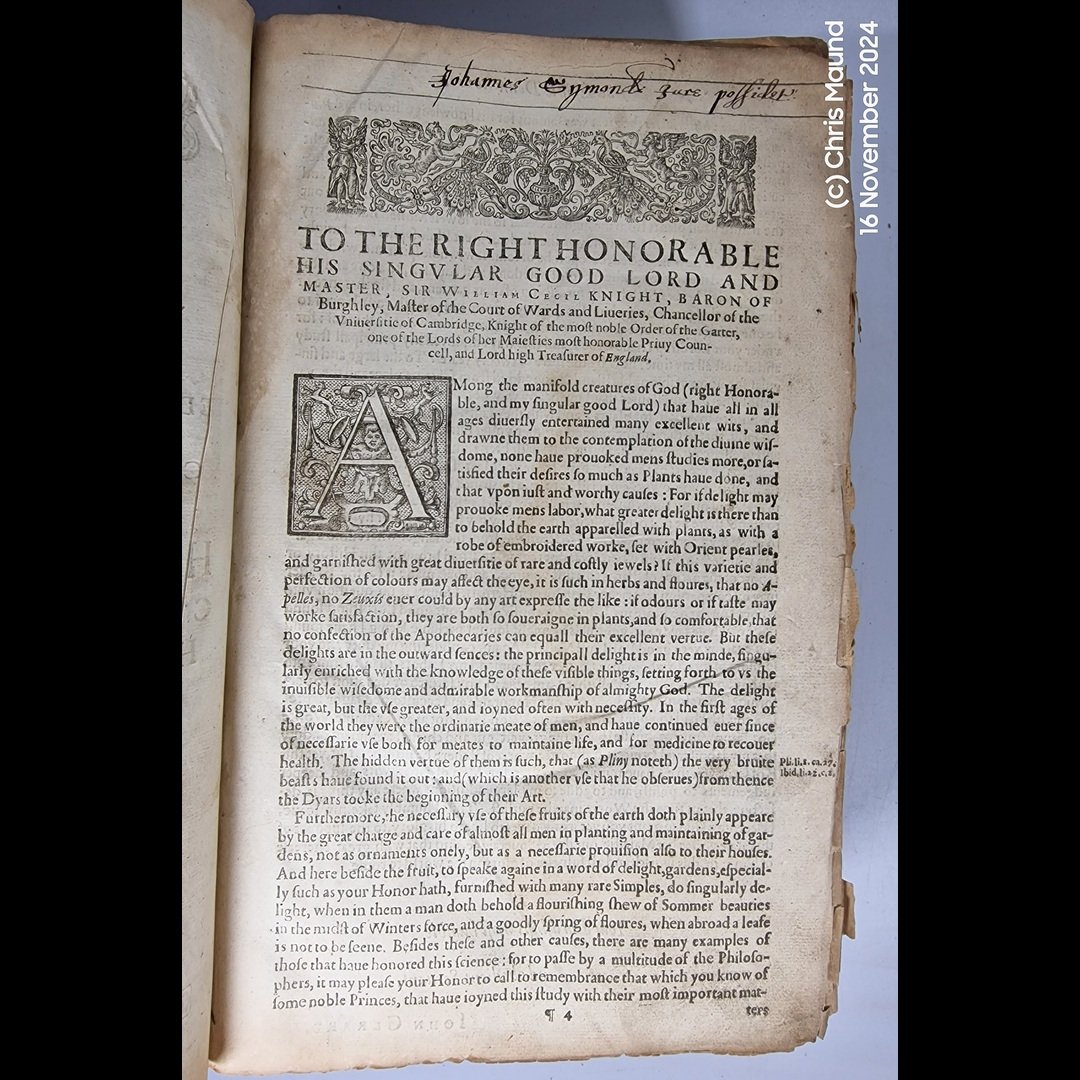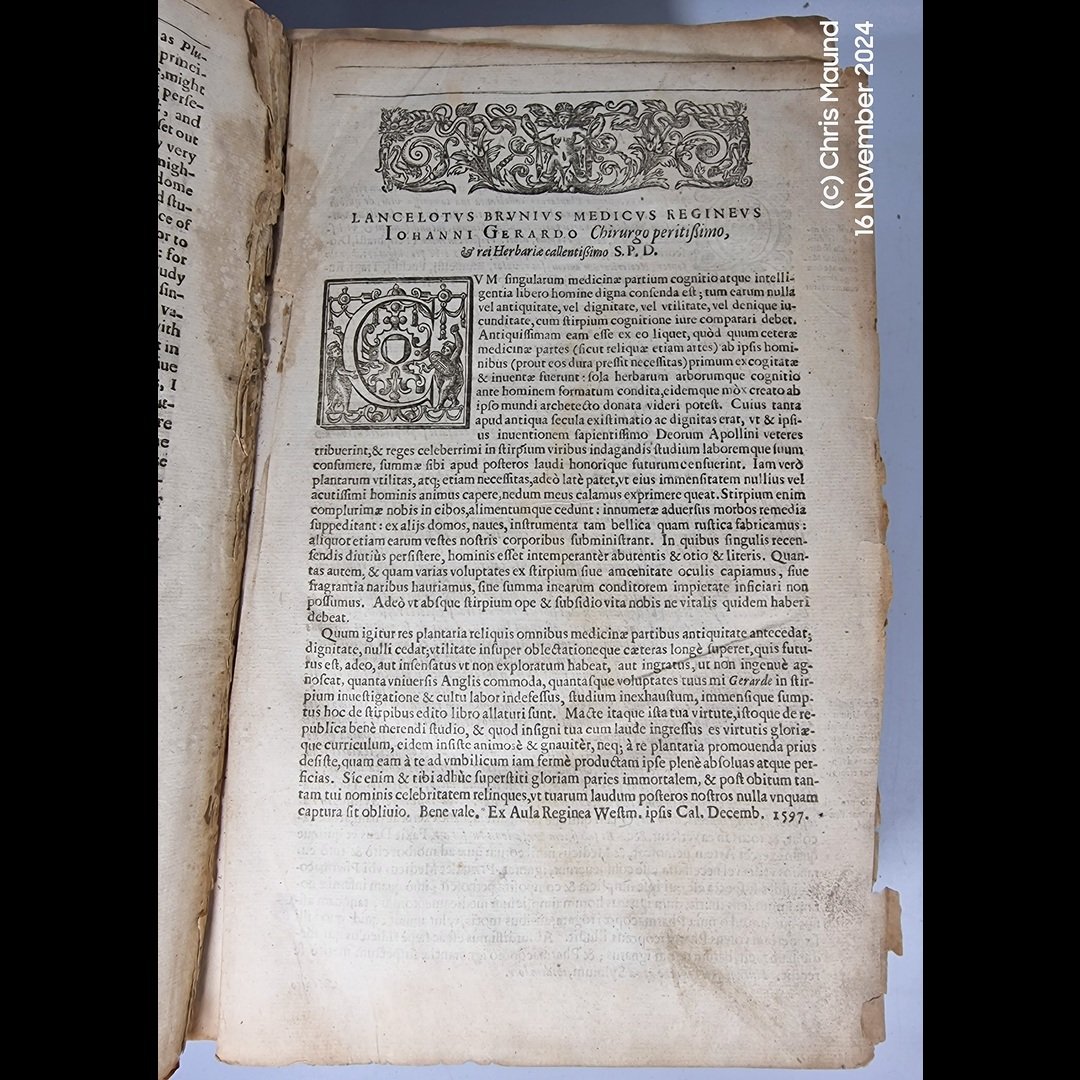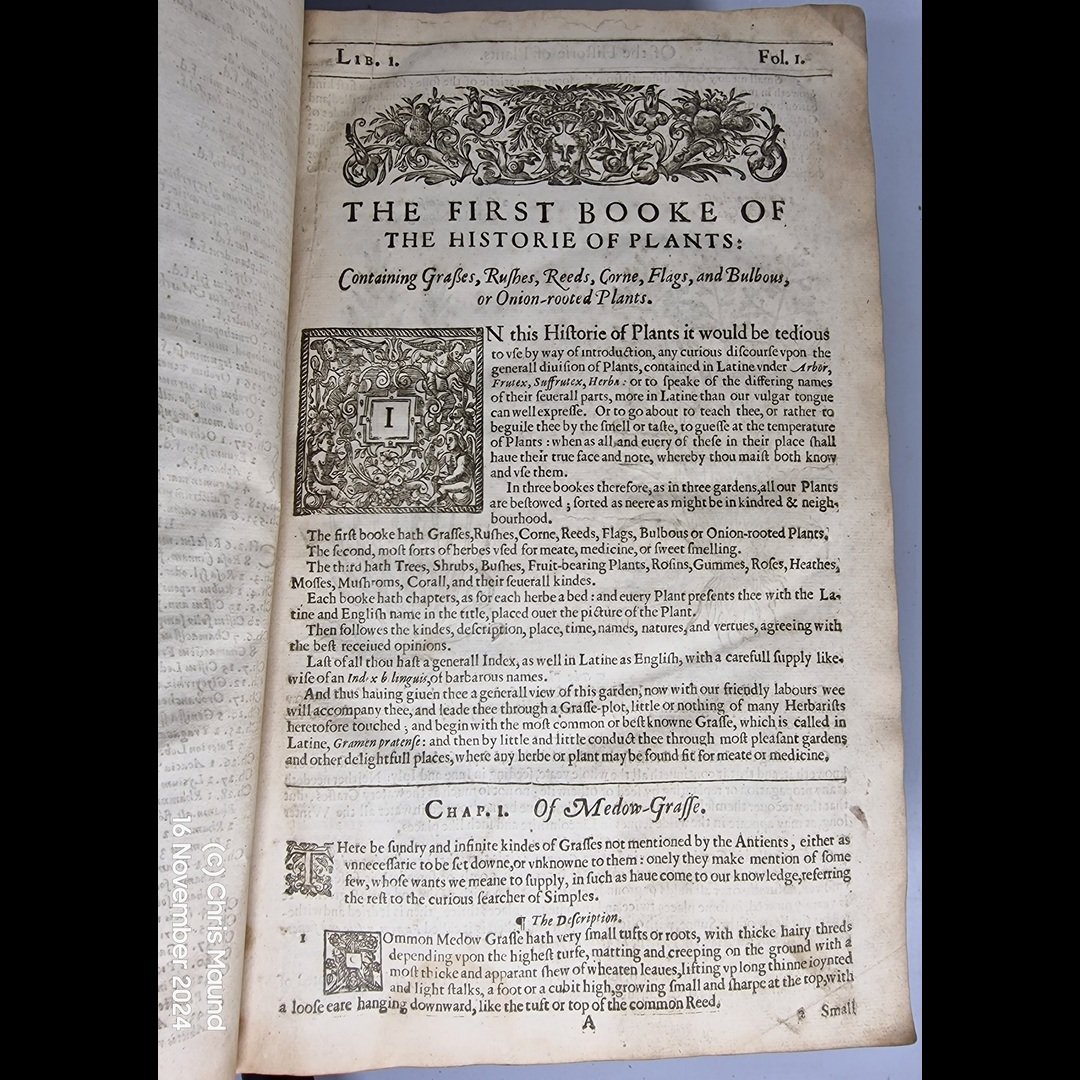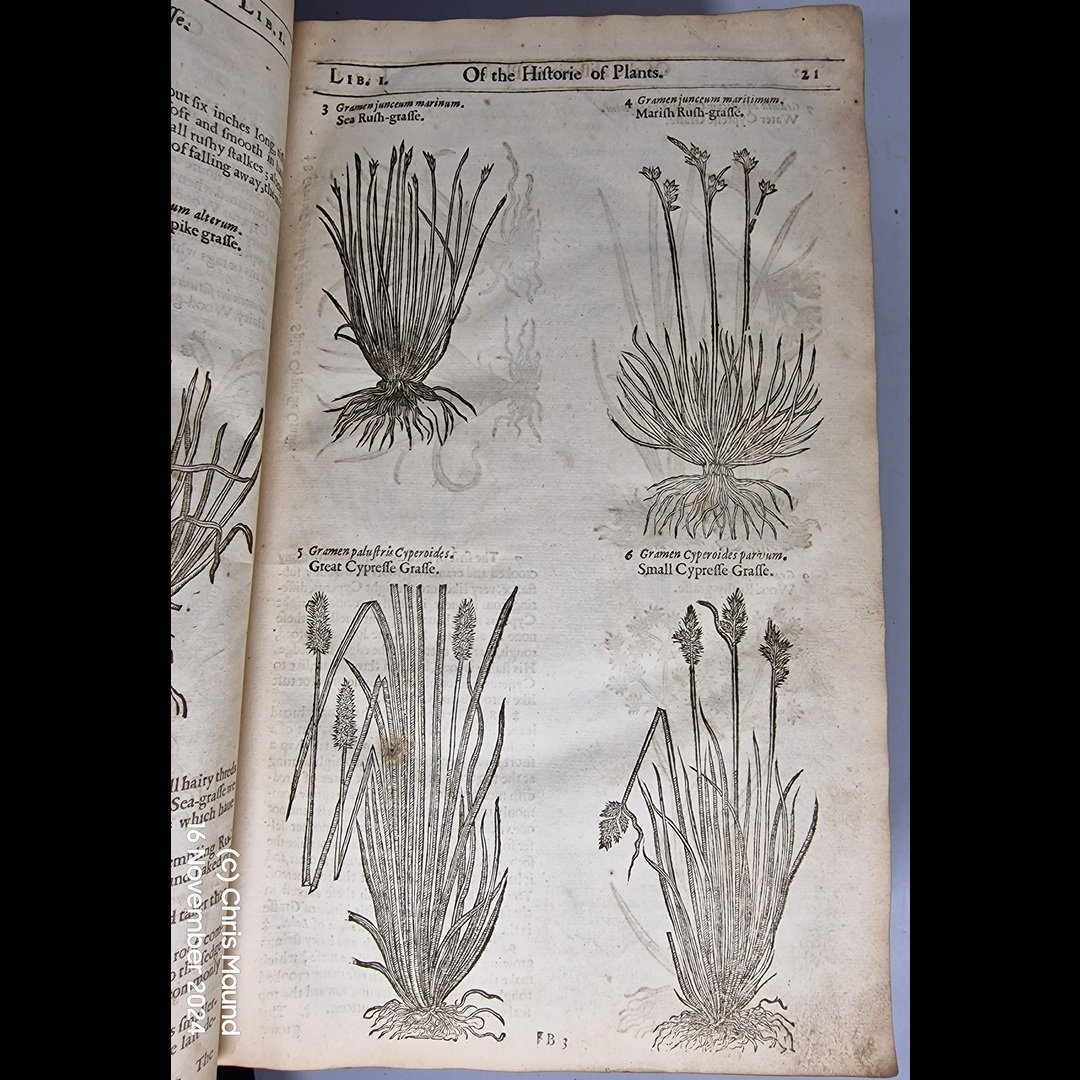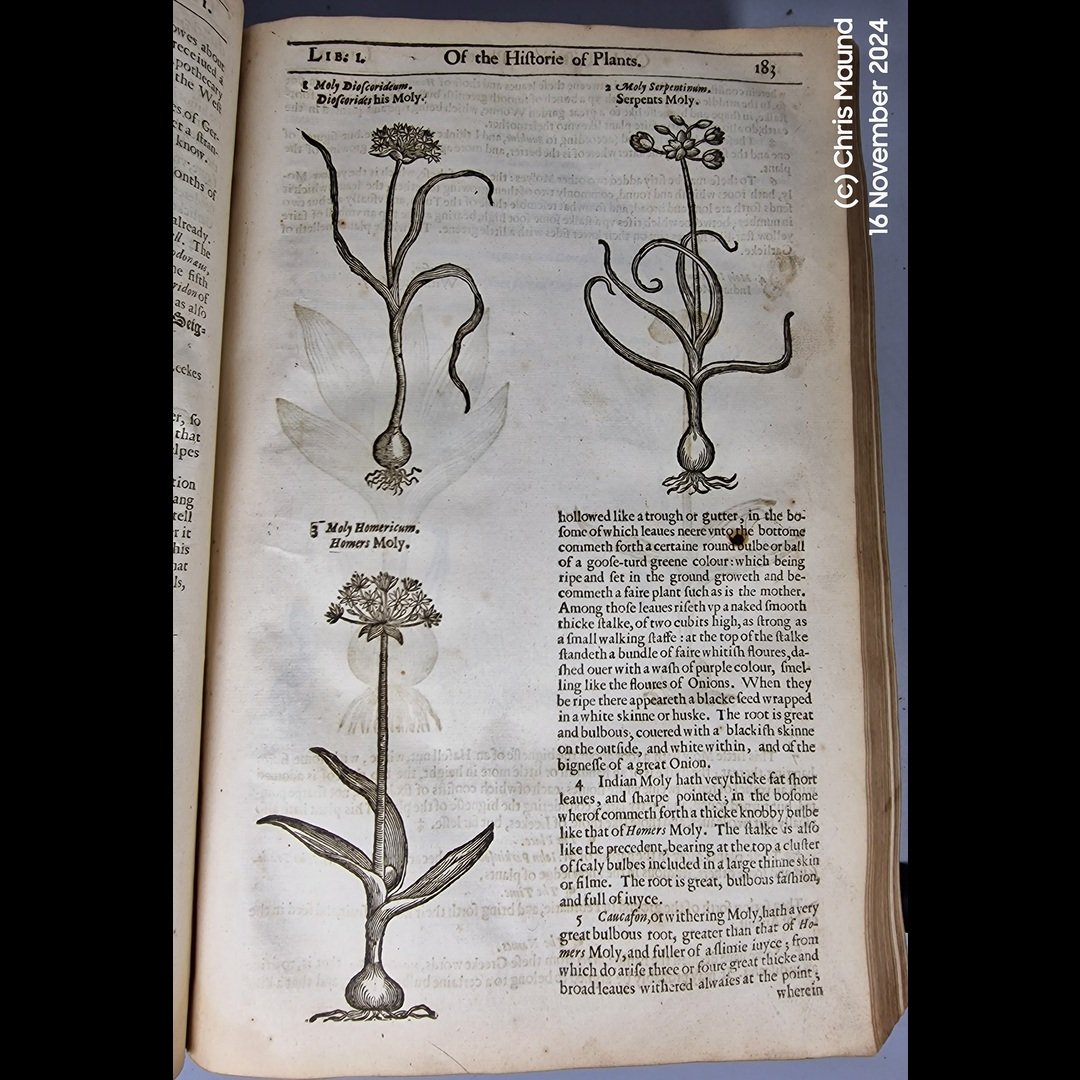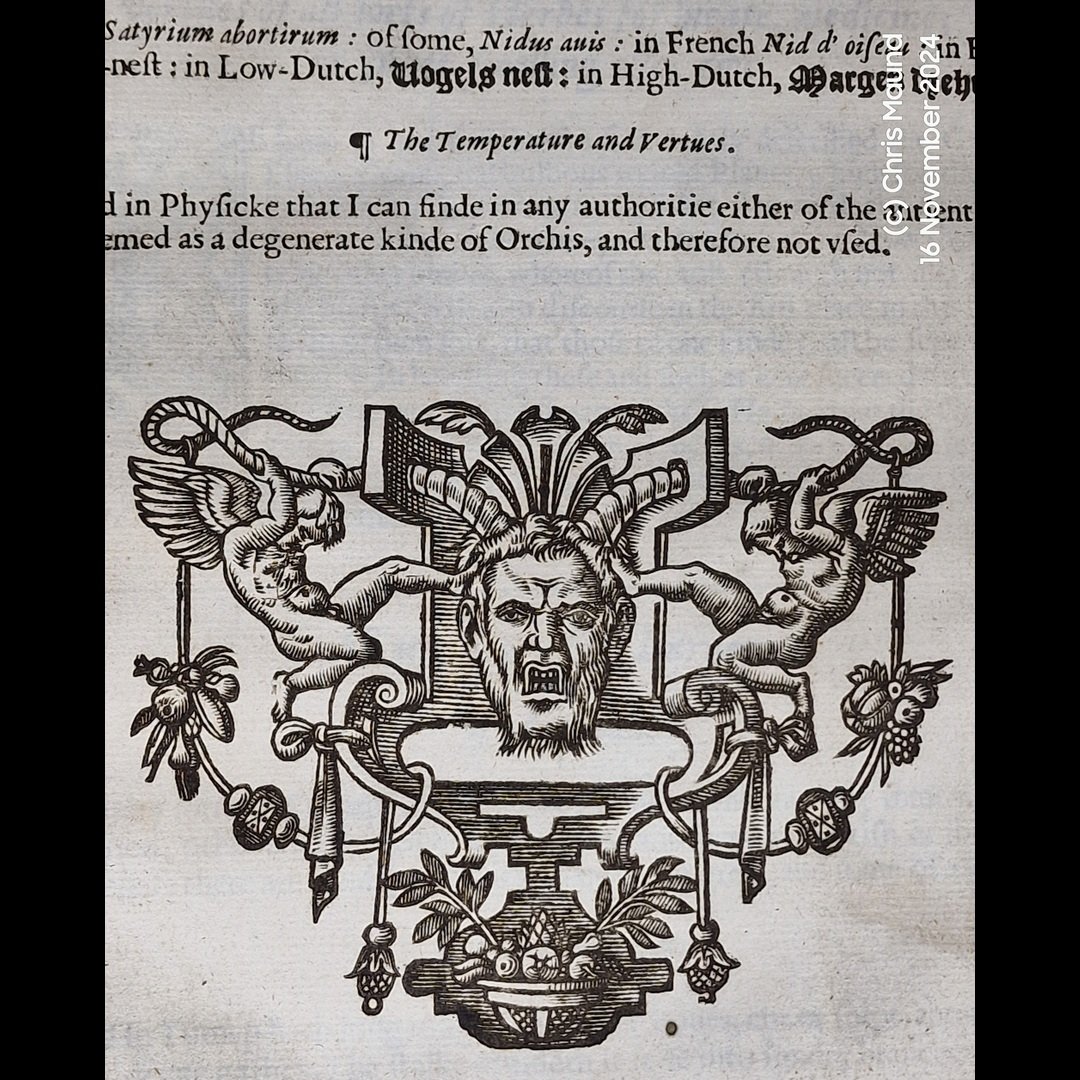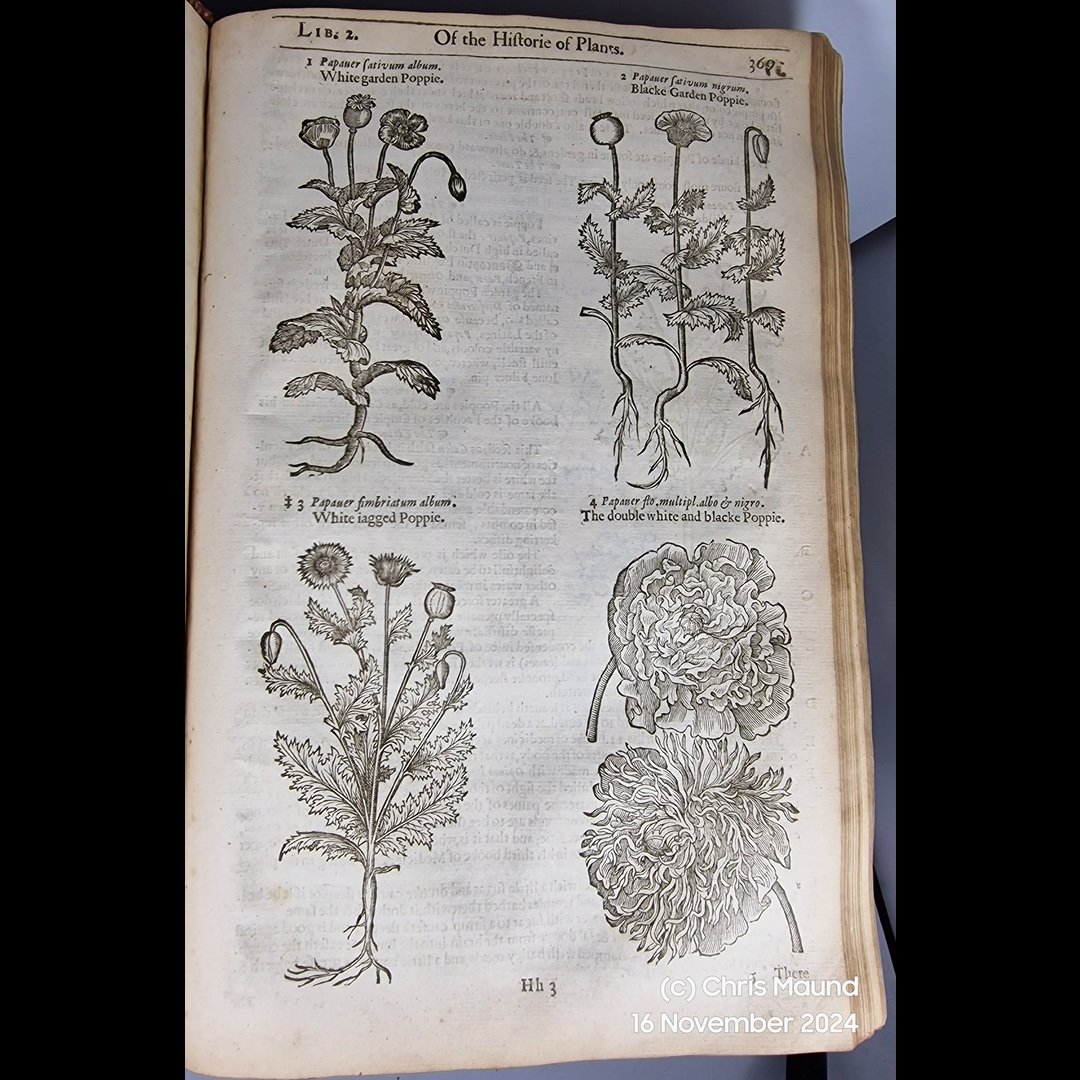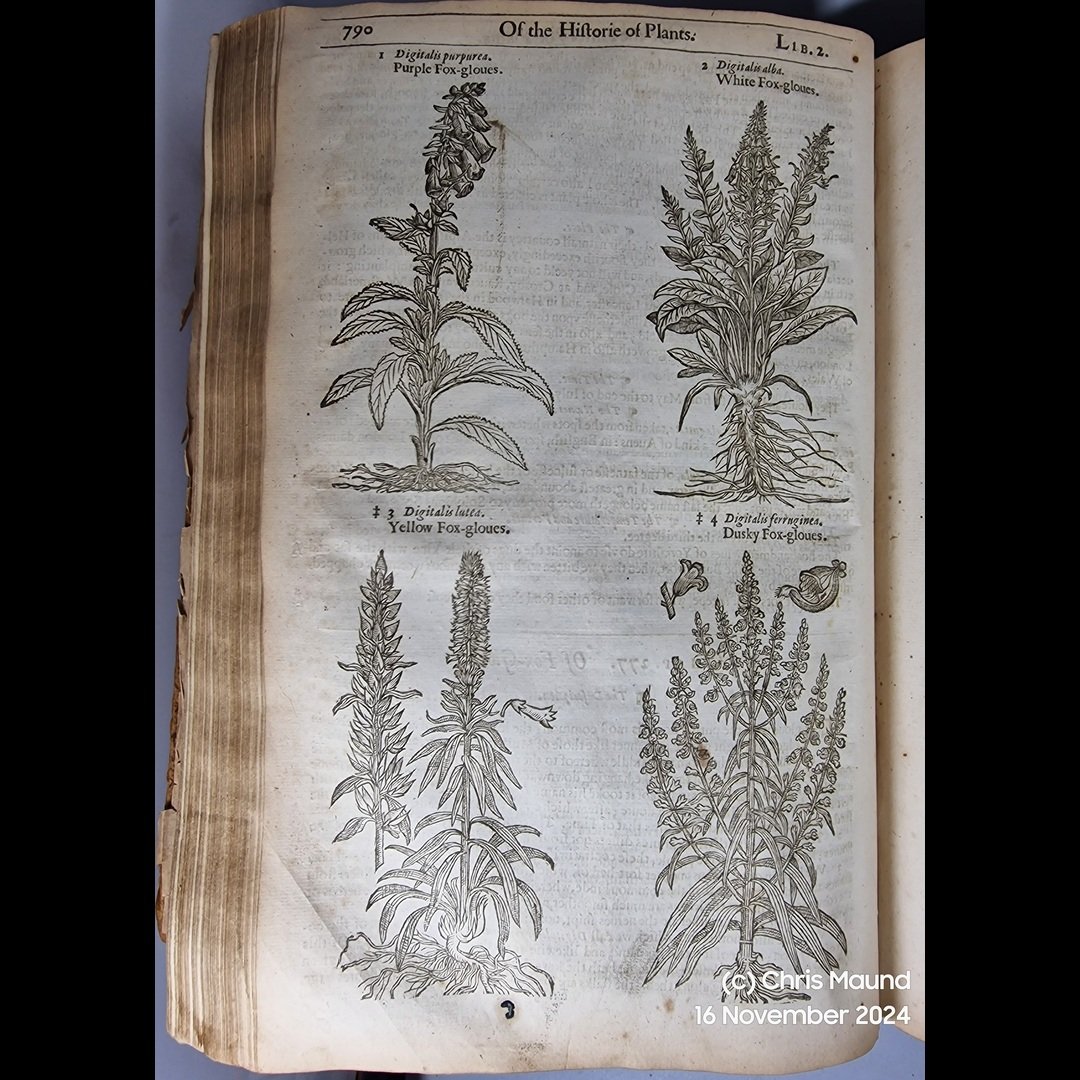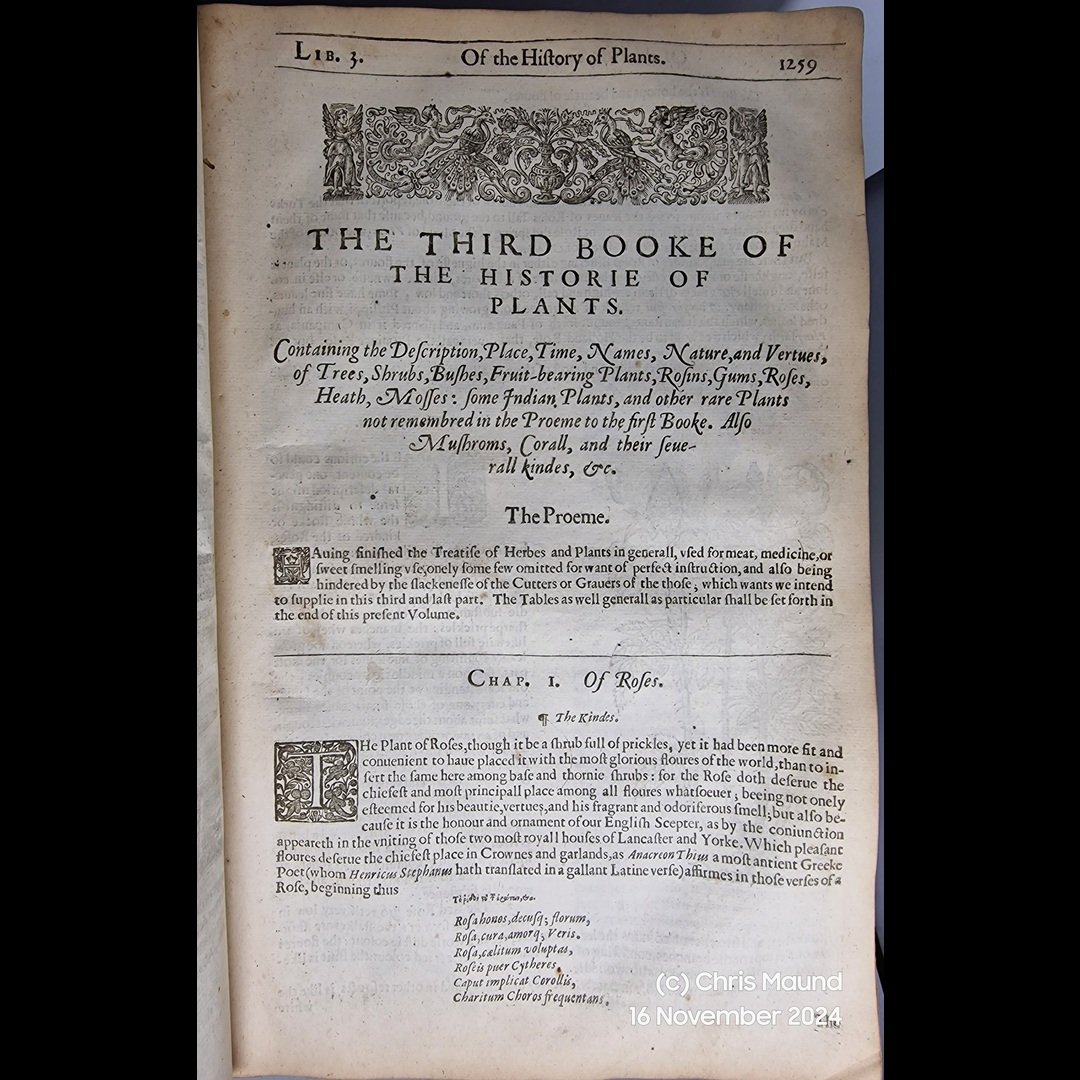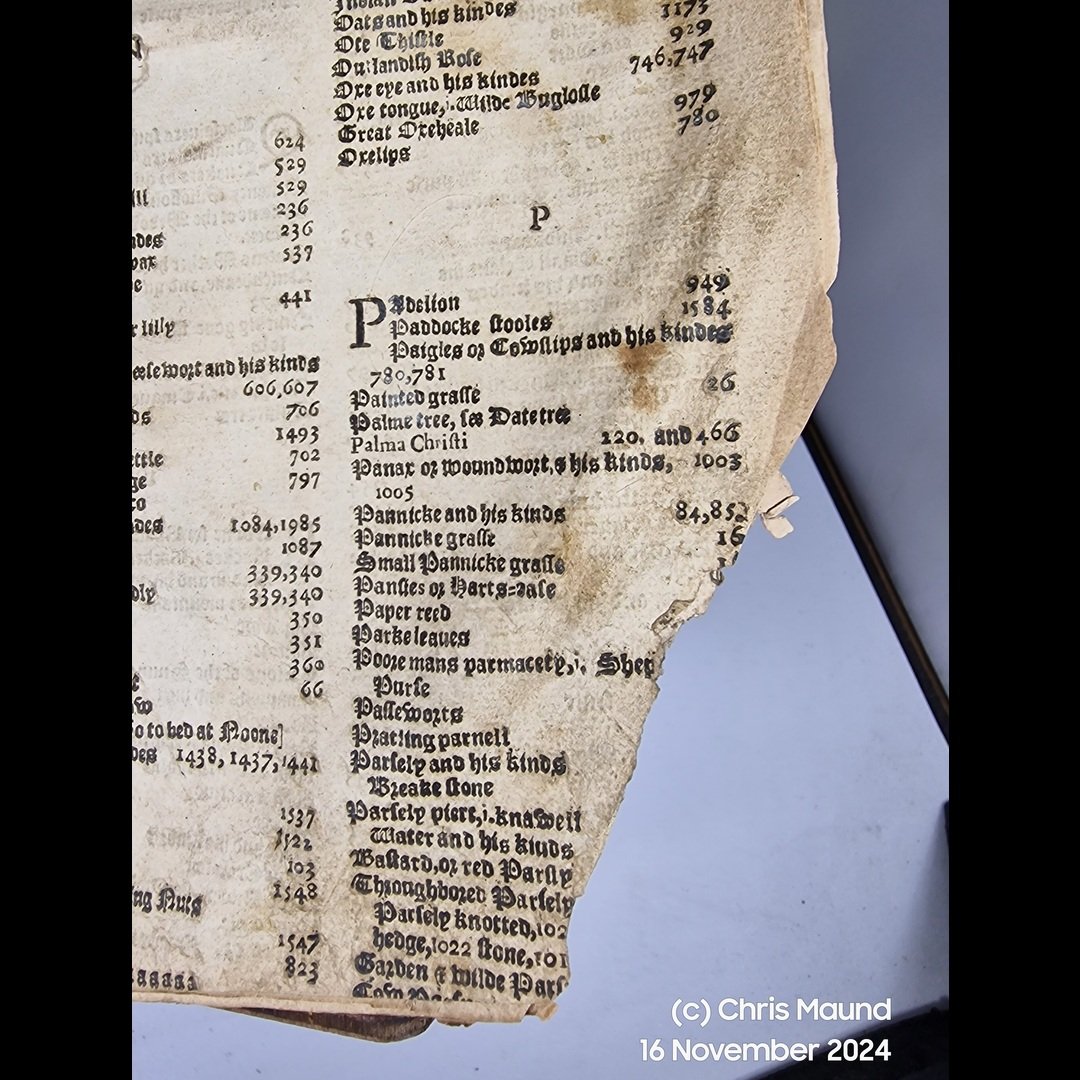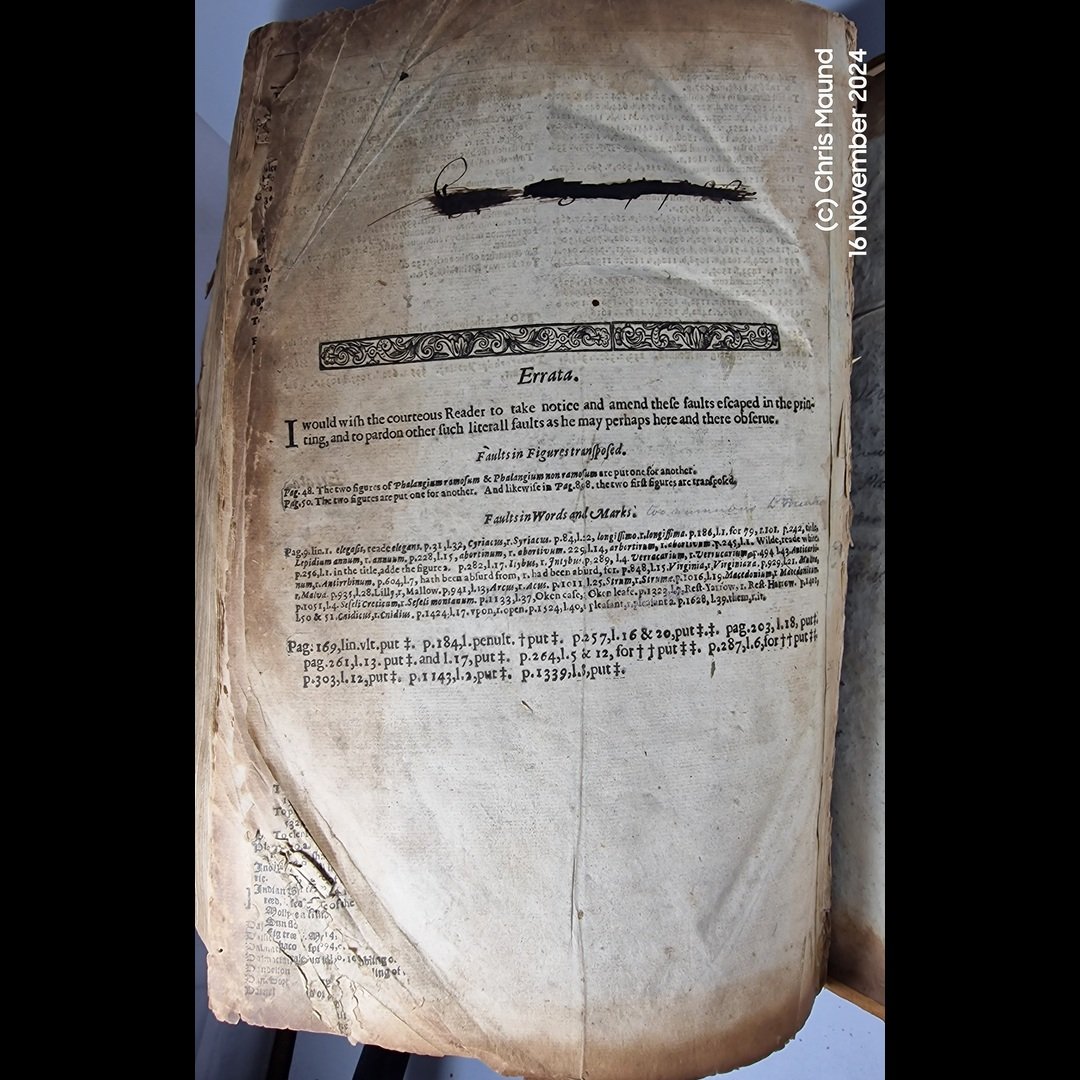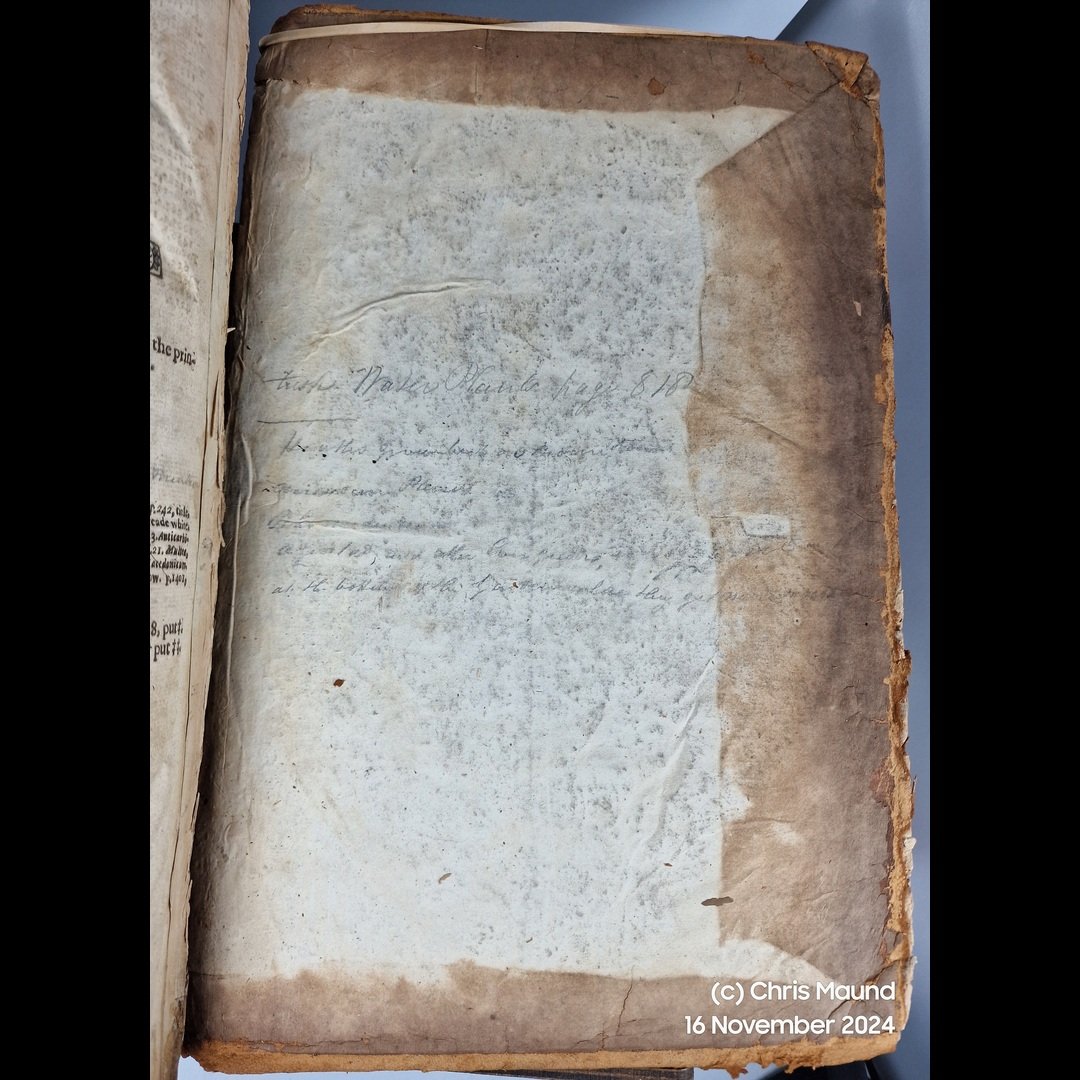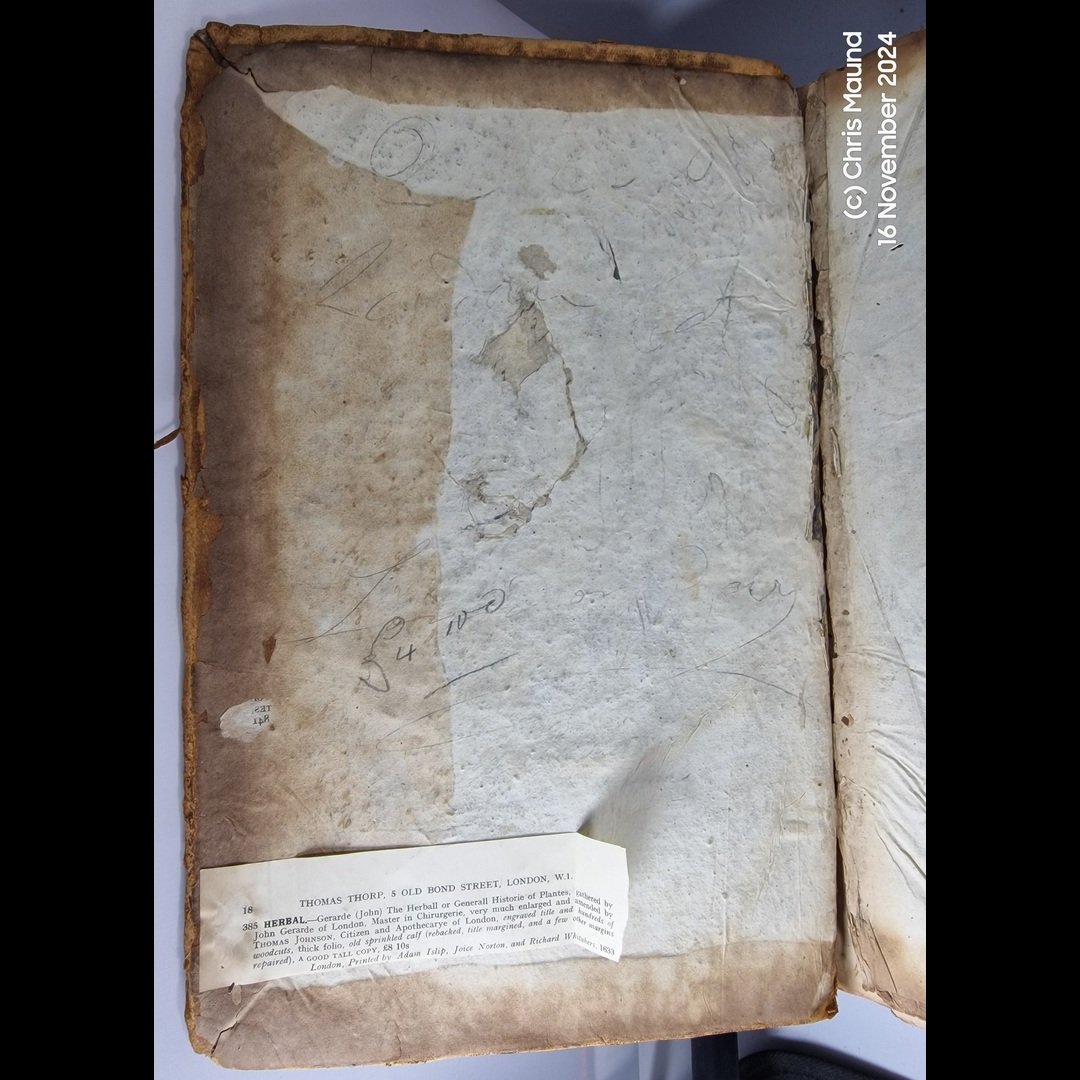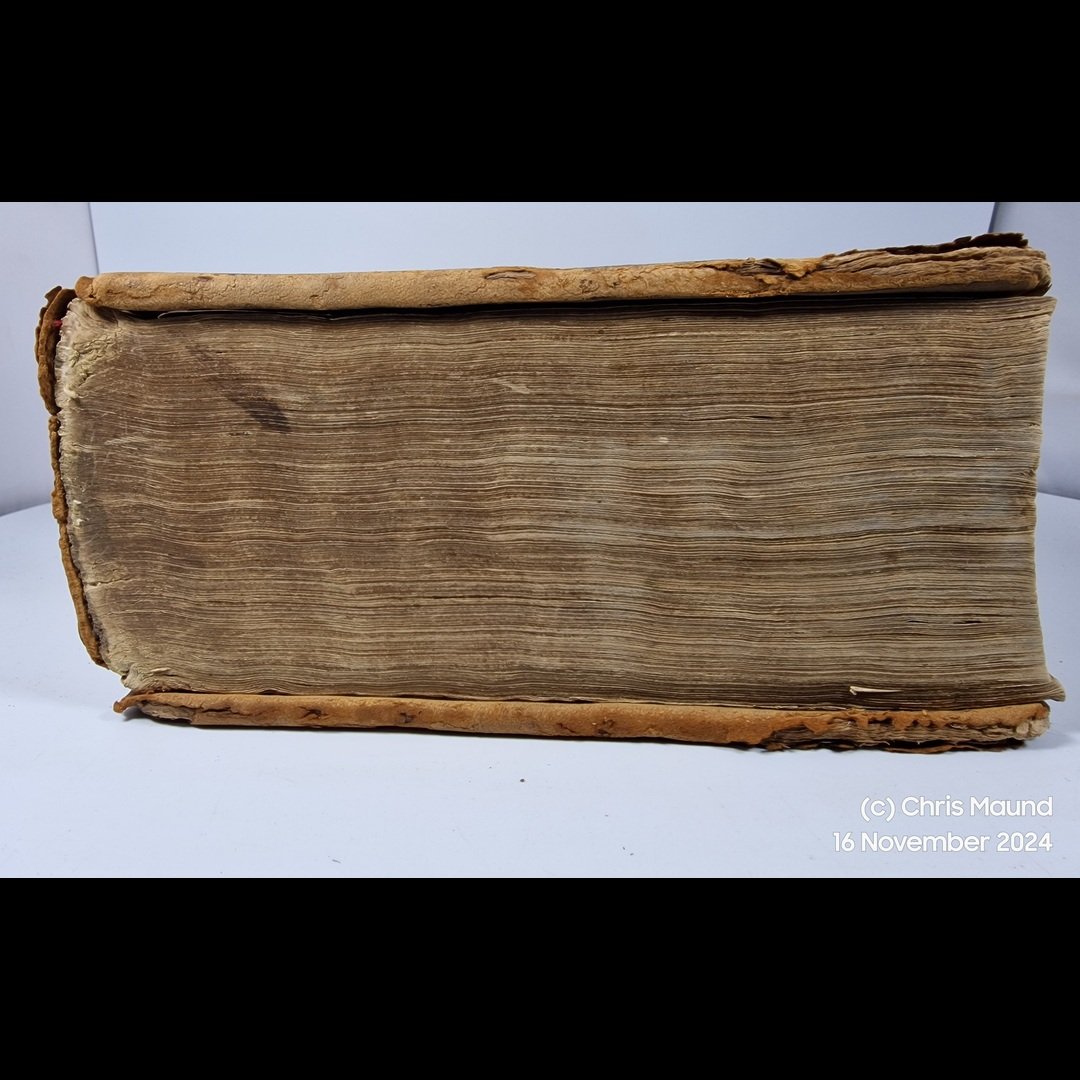 Image 1 of 22
Image 1 of 22

 Image 2 of 22
Image 2 of 22

 Image 3 of 22
Image 3 of 22

 Image 4 of 22
Image 4 of 22

 Image 5 of 22
Image 5 of 22

 Image 6 of 22
Image 6 of 22

 Image 7 of 22
Image 7 of 22

 Image 8 of 22
Image 8 of 22

 Image 9 of 22
Image 9 of 22

 Image 10 of 22
Image 10 of 22

 Image 11 of 22
Image 11 of 22

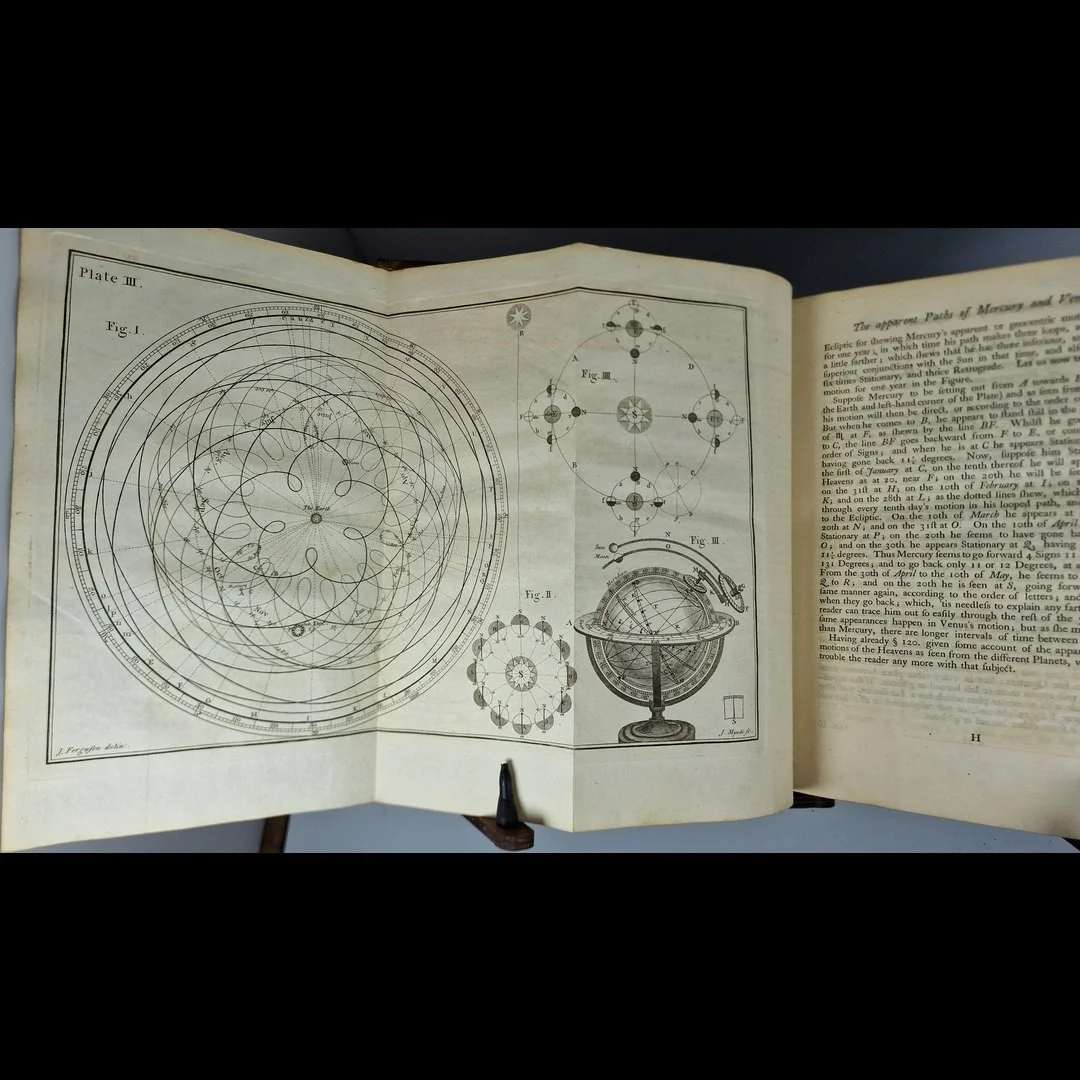 Image 12 of 22
Image 12 of 22

 Image 13 of 22
Image 13 of 22

 Image 14 of 22
Image 14 of 22

 Image 15 of 22
Image 15 of 22

 Image 16 of 22
Image 16 of 22

 Image 17 of 22
Image 17 of 22

 Image 18 of 22
Image 18 of 22

 Image 19 of 22
Image 19 of 22

 Image 20 of 22
Image 20 of 22

 Image 21 of 22
Image 21 of 22

 Image 22 of 22
Image 22 of 22

1757 2nd Edtn ASTRONOMY EXPLAINED UPON SIR ISAAC NEWTON'S PRINCIPLES By James Ferguson Illus. James Ferguson / J. Mynde Very Good Cosmology
1757 2nd Edition ,
ASTRONOMY EXPLAINED UPON SIR ISAAC NEWTON'S PRINCIPLES
and made easy to those who have not studied Mathematics
By James Ferguson
James Ferguson (25 April 1710 – 17 November 1776) was a Scottish astronomer.[1] He is known as the inventor and improver of astronomical and other scientific apparatus, as a striking instance of self education and as an itinerant lecturer.
Illustrated By: James Ferguson / J. Mynde
J. Mynde Born: 1702 - Died: 1771, a British Old Masters artist
Format: Hardcover,
Language: English
Dust Jacket: No Jacket, Dust Jacket Condition: No Jacket
Published By: Printed for the author, at the Globe, opposite Cecil Street in the Strand, London
Imperial octavo (8vo 8+1⁄4 × 11+1⁄2 210 × 292),Pages 292
ISBN:
1st Edition 1756. James Ferguson was a Scottish astronomer who, despite never receiving formal training, became famed for his travelling lectures and easy-to-understand works on the basics of astronomy. Ferguson learned mechanics at a very early age and developed an interest in stargazing while working as a shepherd in the Scottish highlands. These interests, as well as an innate skill for draughtsmanship, were encouraged by his father and others but due to lack of funds he was unable to pursue study at one of the major universities in Scotland. Nevertheless, he was able to use his skills to produce mechanical devices such as orreries (an early piece of equipment used to demonstrate the movements of the planets), clocks and globes and earned a steady living painting portrait miniatures with India ink.
This book on astronomy was the first major work by Ferguson and earned him an immediate scientific reputation, resulting in his election as Fellow of the Royal Society in 1763. It provides easy-to-follow illustrated instructions on the workings of an orrery and simply describes the movements of the planets, the timings of eclipses and the discoveries of other astronomers such as Johannes Kepler, Sir Isaac Newton and Edmond Halley. This was a remarkably useful enterprise: it allowed ordinary people without formal mathematical training to understand the works of Newton and helped support the vogue for amateur astronomy that was taking place in the mid eighteenth century. Ferguson travelled the country giving popular lectures on astronomy and followed the work with several others along similar themes in the 1760s and 1770s until his death in 1776.
SKU: BTETM0002379
Approximate Package Dimensions H: 12.5, L: 30, W: 25 (Units: cm), W: 2Kg
1757 2nd Edition ,
ASTRONOMY EXPLAINED UPON SIR ISAAC NEWTON'S PRINCIPLES
and made easy to those who have not studied Mathematics
By James Ferguson
James Ferguson (25 April 1710 – 17 November 1776) was a Scottish astronomer.[1] He is known as the inventor and improver of astronomical and other scientific apparatus, as a striking instance of self education and as an itinerant lecturer.
Illustrated By: James Ferguson / J. Mynde
J. Mynde Born: 1702 - Died: 1771, a British Old Masters artist
Format: Hardcover,
Language: English
Dust Jacket: No Jacket, Dust Jacket Condition: No Jacket
Published By: Printed for the author, at the Globe, opposite Cecil Street in the Strand, London
Imperial octavo (8vo 8+1⁄4 × 11+1⁄2 210 × 292),Pages 292
ISBN:
1st Edition 1756. James Ferguson was a Scottish astronomer who, despite never receiving formal training, became famed for his travelling lectures and easy-to-understand works on the basics of astronomy. Ferguson learned mechanics at a very early age and developed an interest in stargazing while working as a shepherd in the Scottish highlands. These interests, as well as an innate skill for draughtsmanship, were encouraged by his father and others but due to lack of funds he was unable to pursue study at one of the major universities in Scotland. Nevertheless, he was able to use his skills to produce mechanical devices such as orreries (an early piece of equipment used to demonstrate the movements of the planets), clocks and globes and earned a steady living painting portrait miniatures with India ink.
This book on astronomy was the first major work by Ferguson and earned him an immediate scientific reputation, resulting in his election as Fellow of the Royal Society in 1763. It provides easy-to-follow illustrated instructions on the workings of an orrery and simply describes the movements of the planets, the timings of eclipses and the discoveries of other astronomers such as Johannes Kepler, Sir Isaac Newton and Edmond Halley. This was a remarkably useful enterprise: it allowed ordinary people without formal mathematical training to understand the works of Newton and helped support the vogue for amateur astronomy that was taking place in the mid eighteenth century. Ferguson travelled the country giving popular lectures on astronomy and followed the work with several others along similar themes in the 1760s and 1770s until his death in 1776.
SKU: BTETM0002379
Approximate Package Dimensions H: 12.5, L: 30, W: 25 (Units: cm), W: 2Kg
1757 2nd Edition ,
ASTRONOMY EXPLAINED UPON SIR ISAAC NEWTON'S PRINCIPLES
and made easy to those who have not studied Mathematics
By James Ferguson
James Ferguson (25 April 1710 – 17 November 1776) was a Scottish astronomer.[1] He is known as the inventor and improver of astronomical and other scientific apparatus, as a striking instance of self education and as an itinerant lecturer.
Illustrated By: James Ferguson / J. Mynde
J. Mynde Born: 1702 - Died: 1771, a British Old Masters artist
Format: Hardcover,
Language: English
Dust Jacket: No Jacket, Dust Jacket Condition: No Jacket
Published By: Printed for the author, at the Globe, opposite Cecil Street in the Strand, London
Imperial octavo (8vo 8+1⁄4 × 11+1⁄2 210 × 292),Pages 292
ISBN:
1st Edition 1756. James Ferguson was a Scottish astronomer who, despite never receiving formal training, became famed for his travelling lectures and easy-to-understand works on the basics of astronomy. Ferguson learned mechanics at a very early age and developed an interest in stargazing while working as a shepherd in the Scottish highlands. These interests, as well as an innate skill for draughtsmanship, were encouraged by his father and others but due to lack of funds he was unable to pursue study at one of the major universities in Scotland. Nevertheless, he was able to use his skills to produce mechanical devices such as orreries (an early piece of equipment used to demonstrate the movements of the planets), clocks and globes and earned a steady living painting portrait miniatures with India ink.
This book on astronomy was the first major work by Ferguson and earned him an immediate scientific reputation, resulting in his election as Fellow of the Royal Society in 1763. It provides easy-to-follow illustrated instructions on the workings of an orrery and simply describes the movements of the planets, the timings of eclipses and the discoveries of other astronomers such as Johannes Kepler, Sir Isaac Newton and Edmond Halley. This was a remarkably useful enterprise: it allowed ordinary people without formal mathematical training to understand the works of Newton and helped support the vogue for amateur astronomy that was taking place in the mid eighteenth century. Ferguson travelled the country giving popular lectures on astronomy and followed the work with several others along similar themes in the 1760s and 1770s until his death in 1776.
SKU: BTETM0002379
Approximate Package Dimensions H: 12.5, L: 30, W: 25 (Units: cm), W: 2Kg
Very Good - Original Calf boards, rubbed and scuffed. Binding and text block firm. Fold-outs present as called for. Previous owner markings on FEP, some browning of end papers front and rear. Text block pages bright and clean. Please see photos as part of condition report











